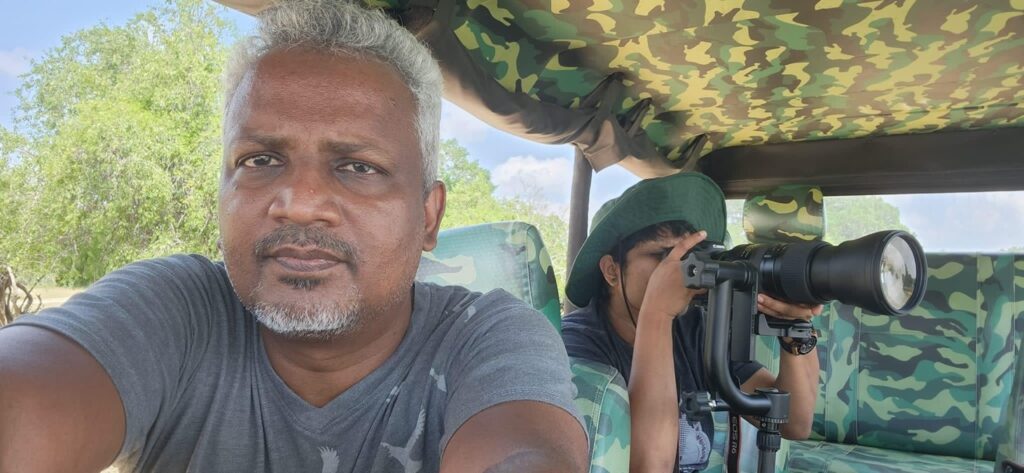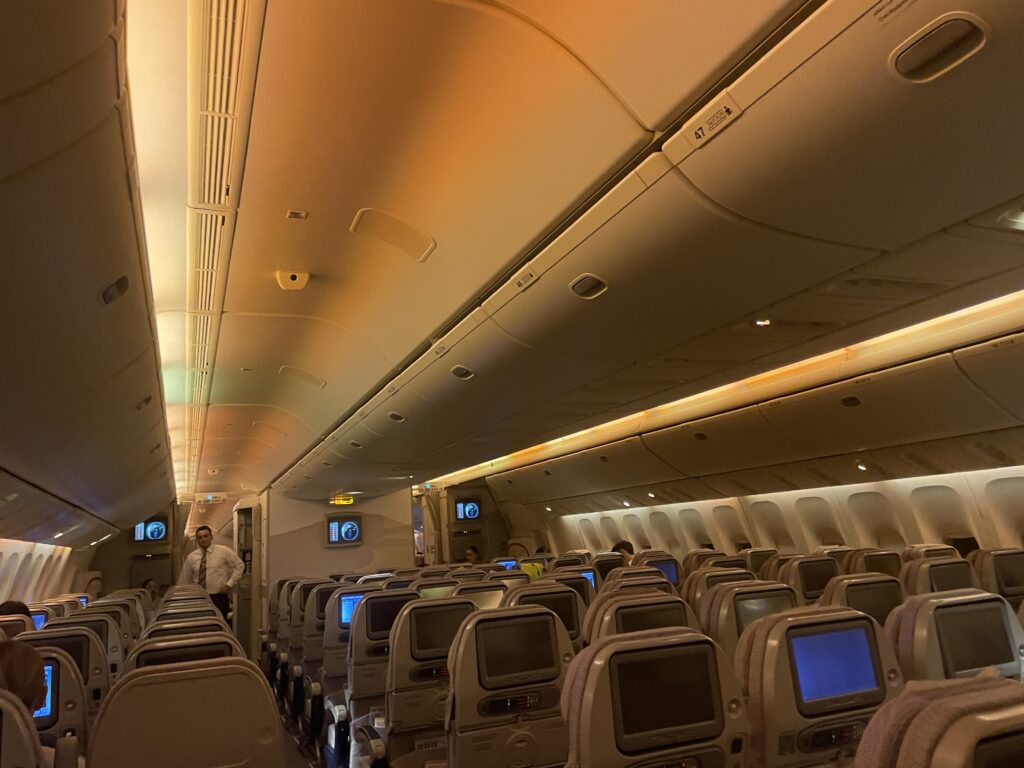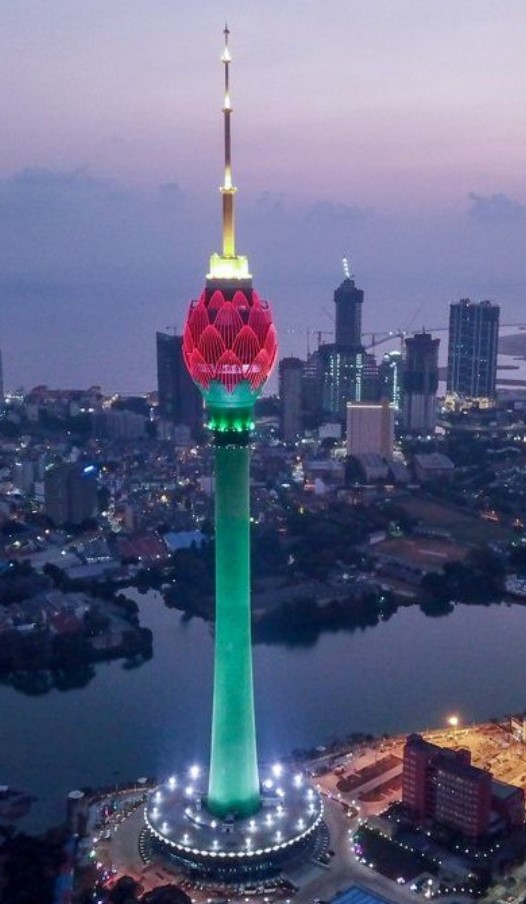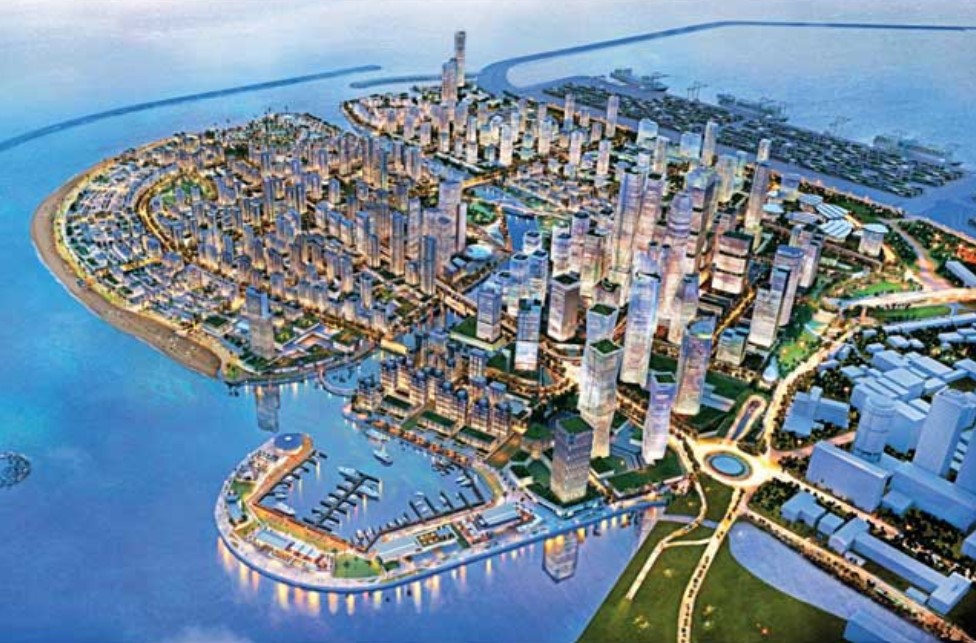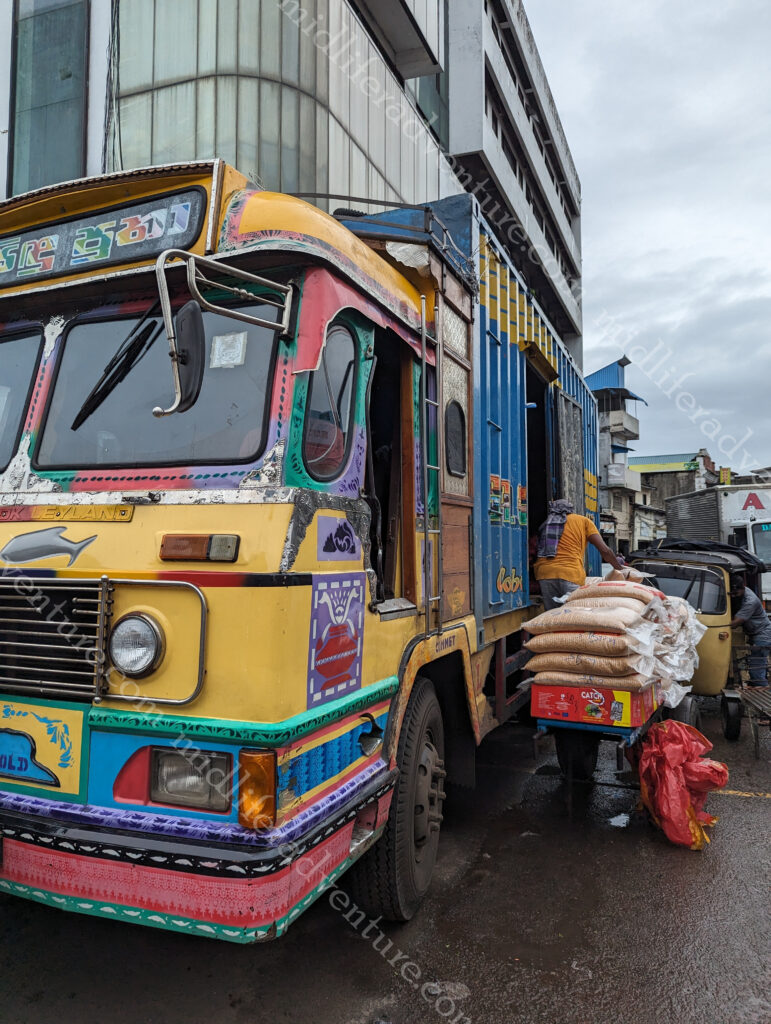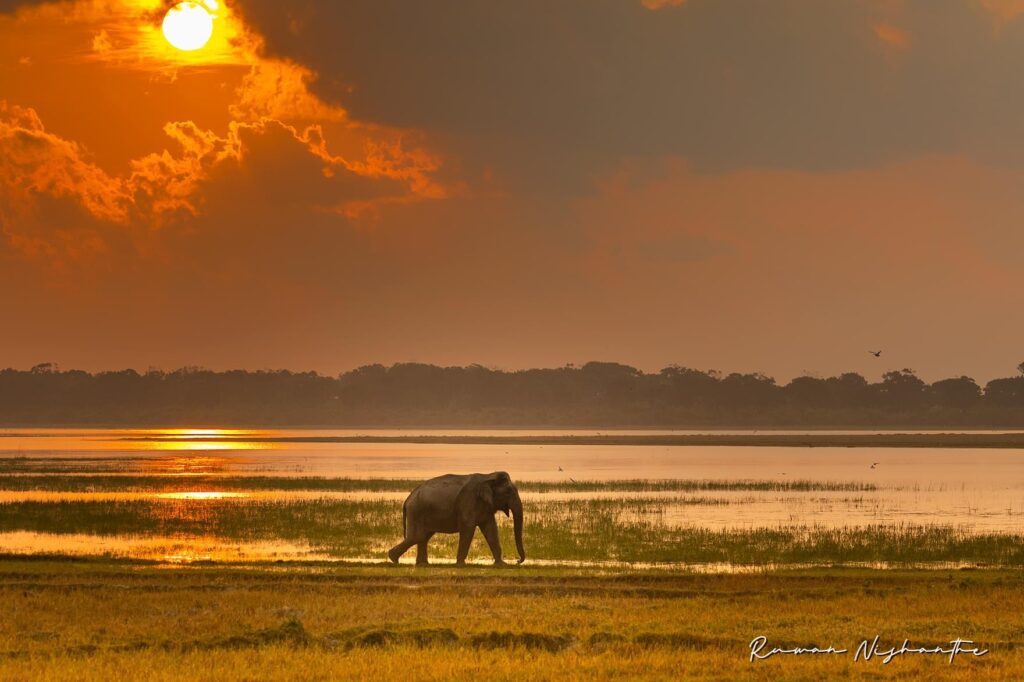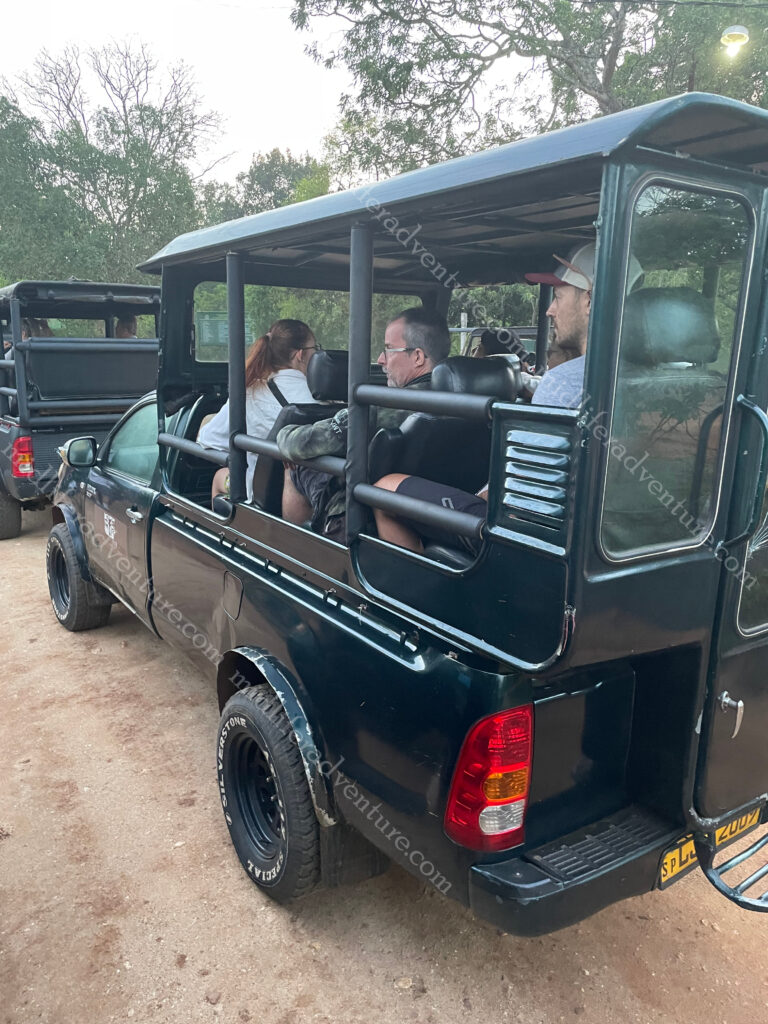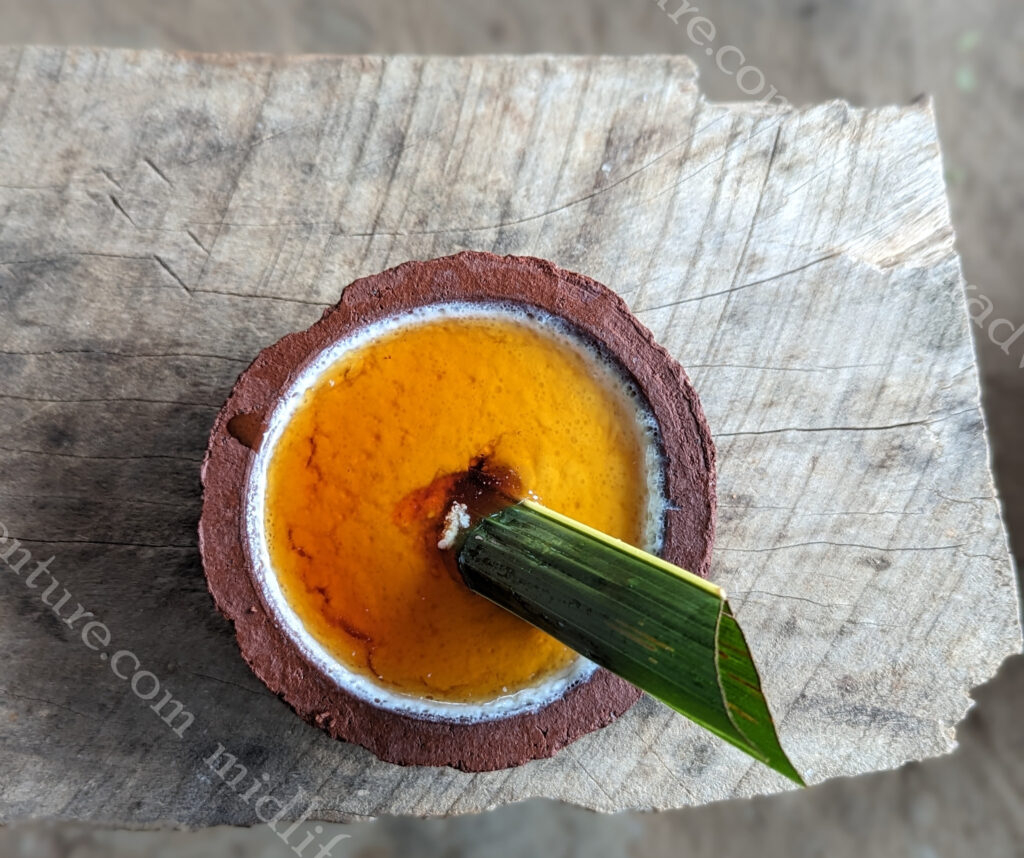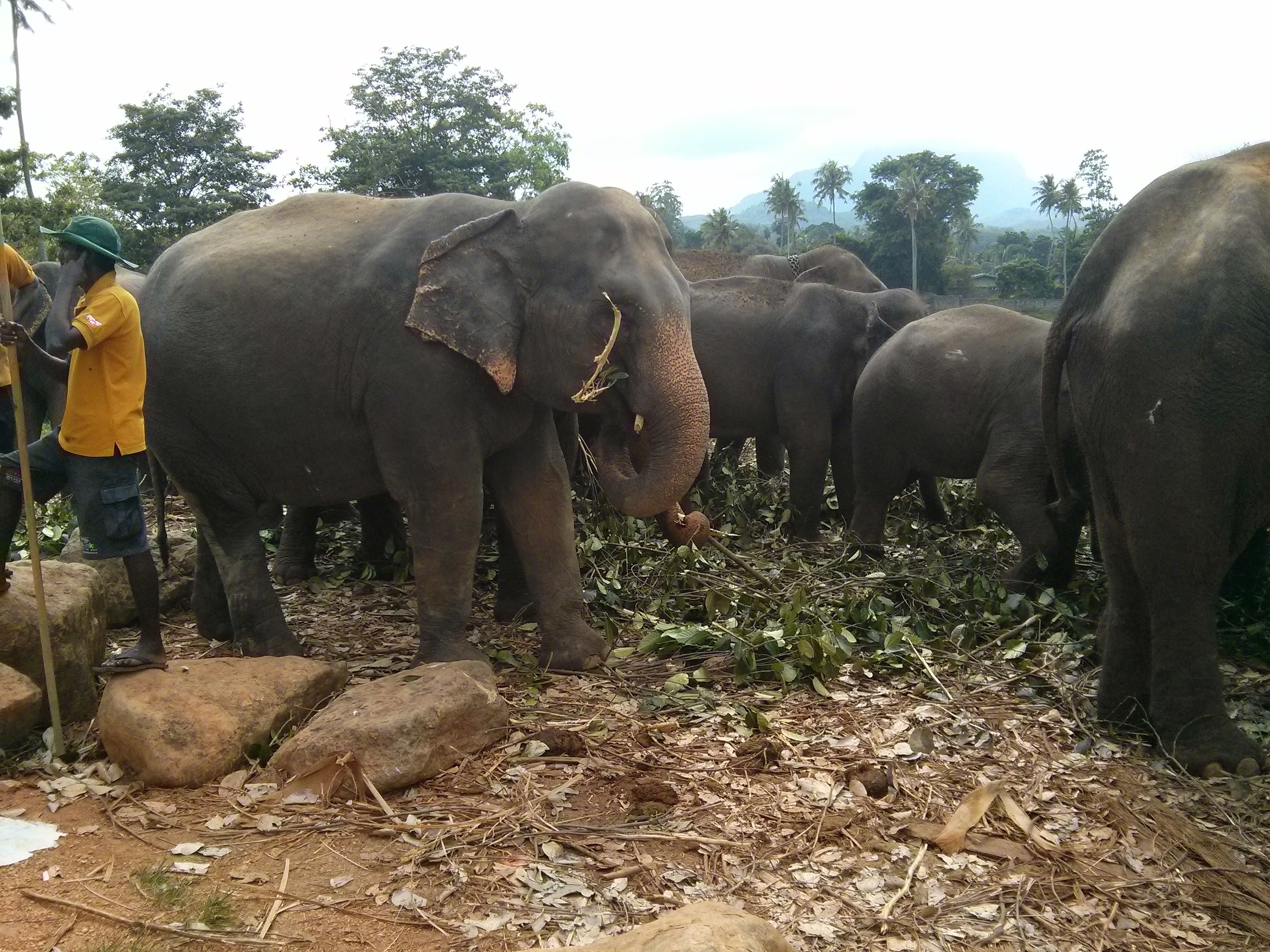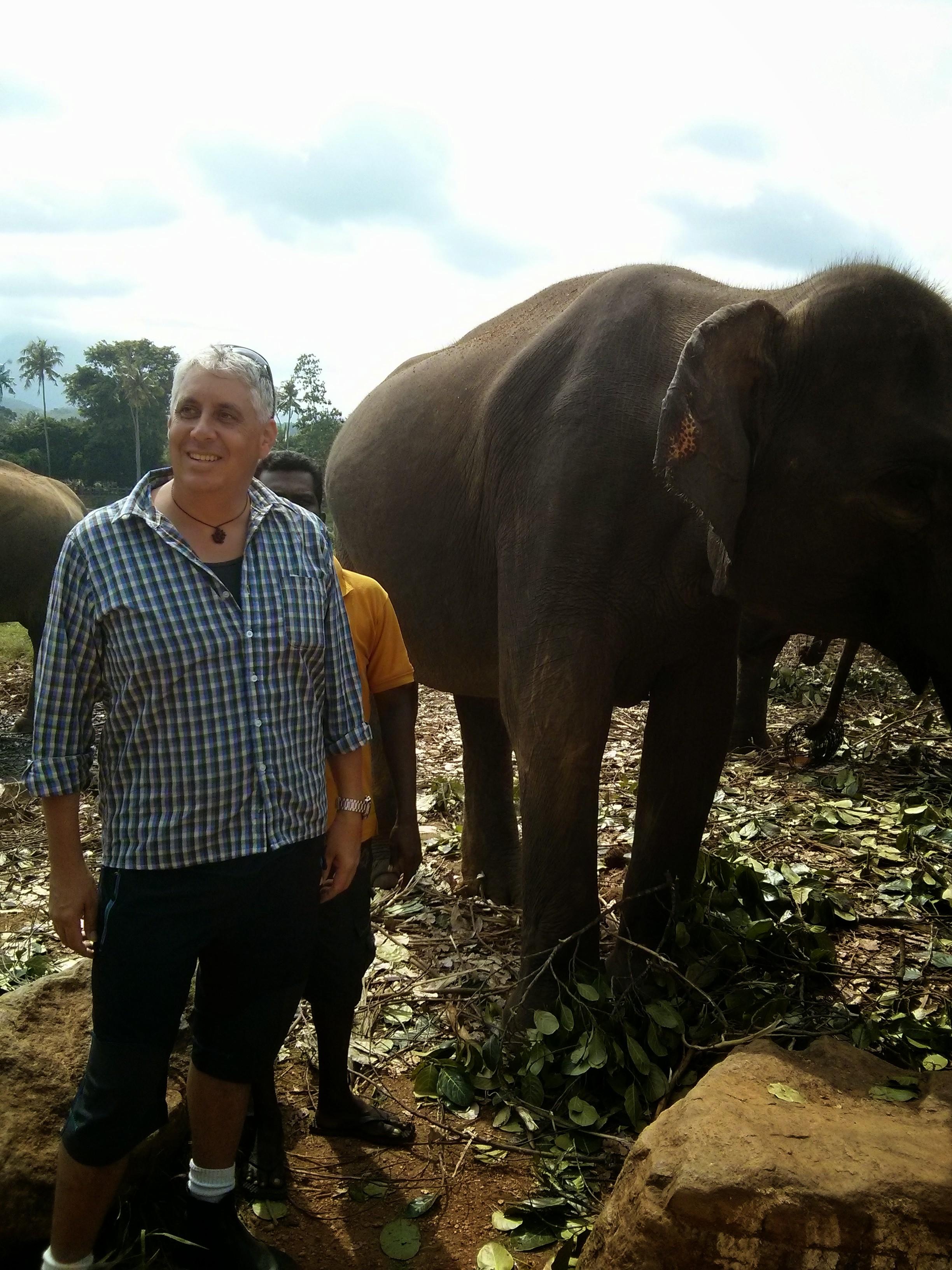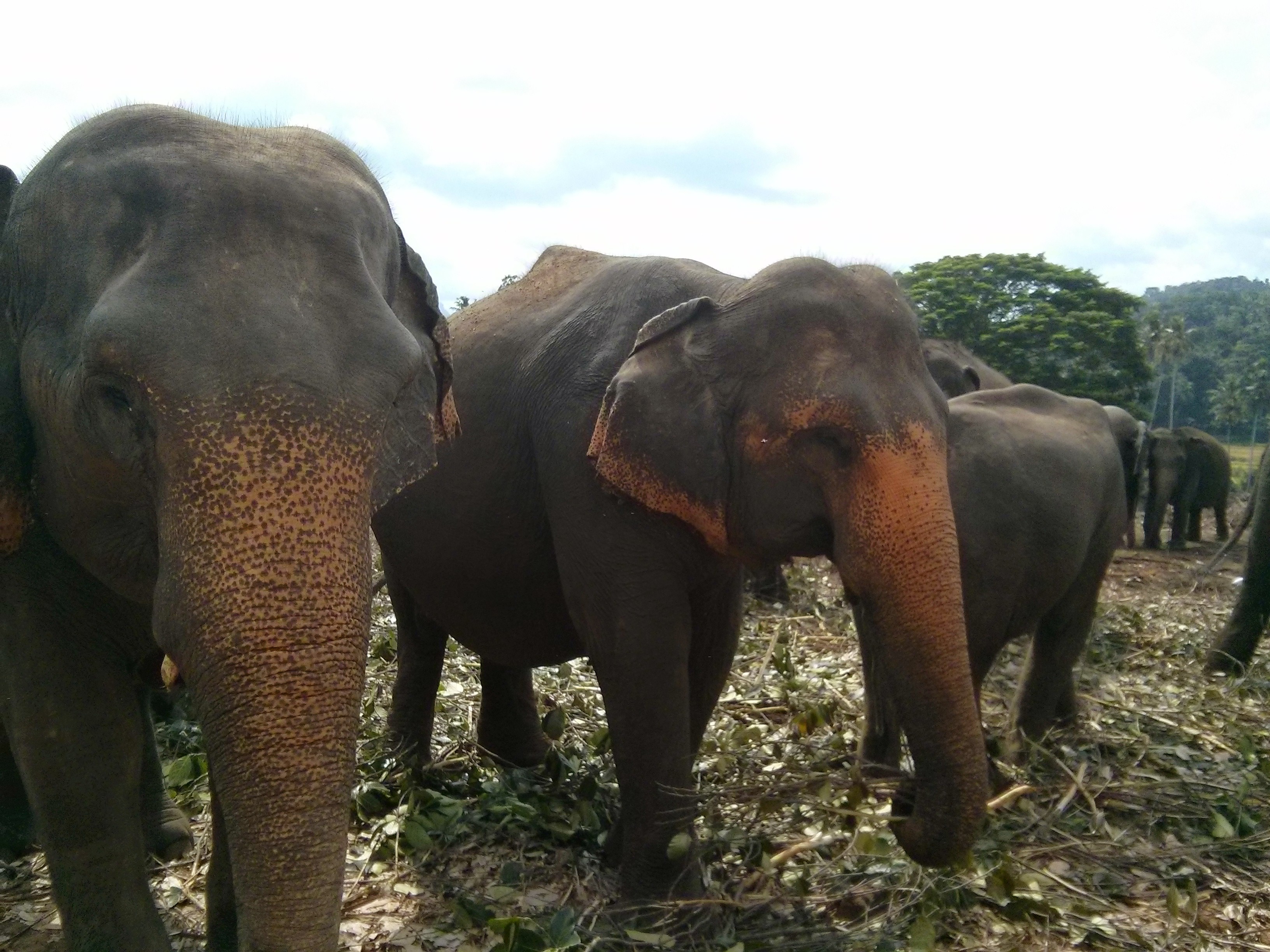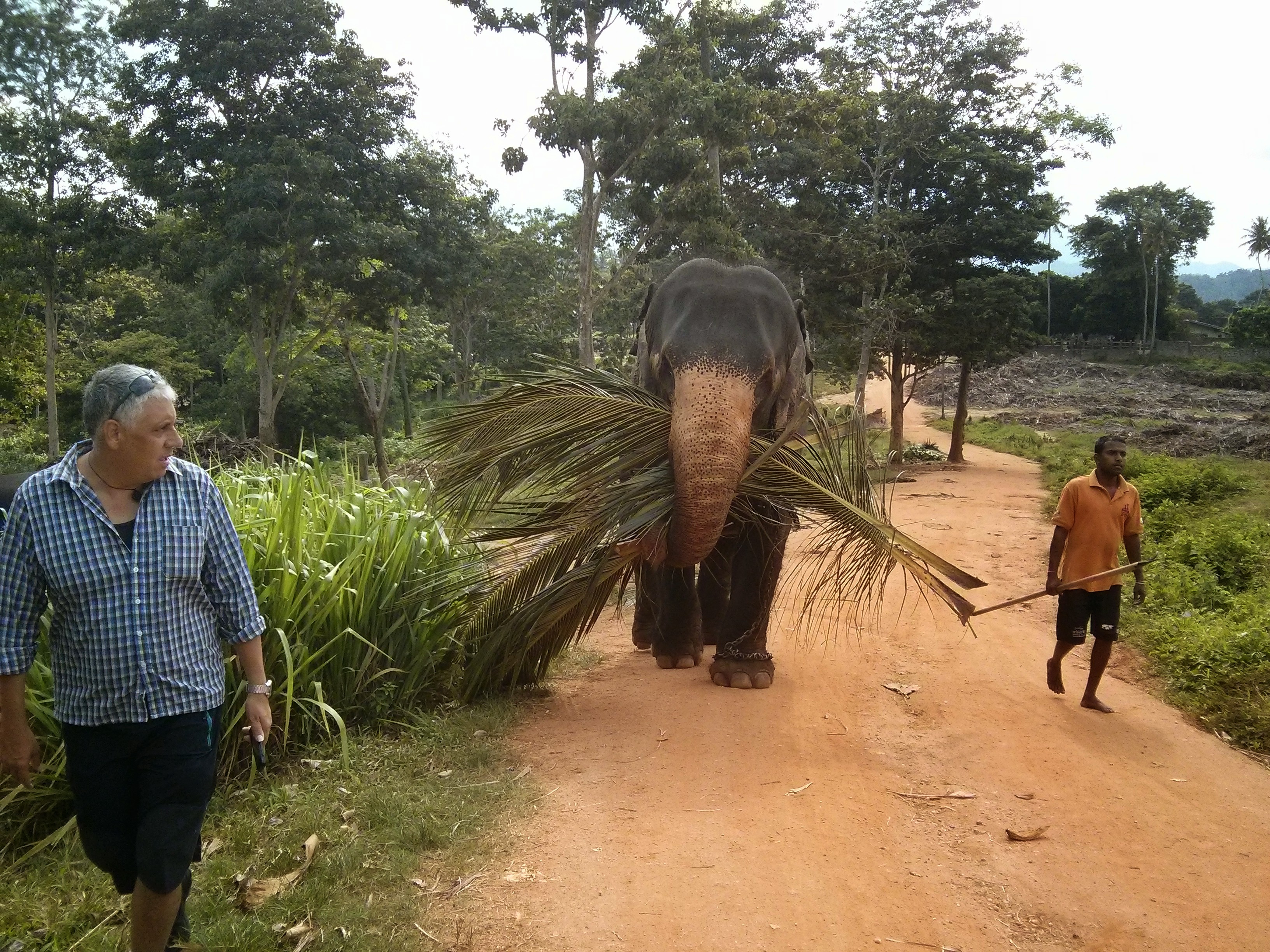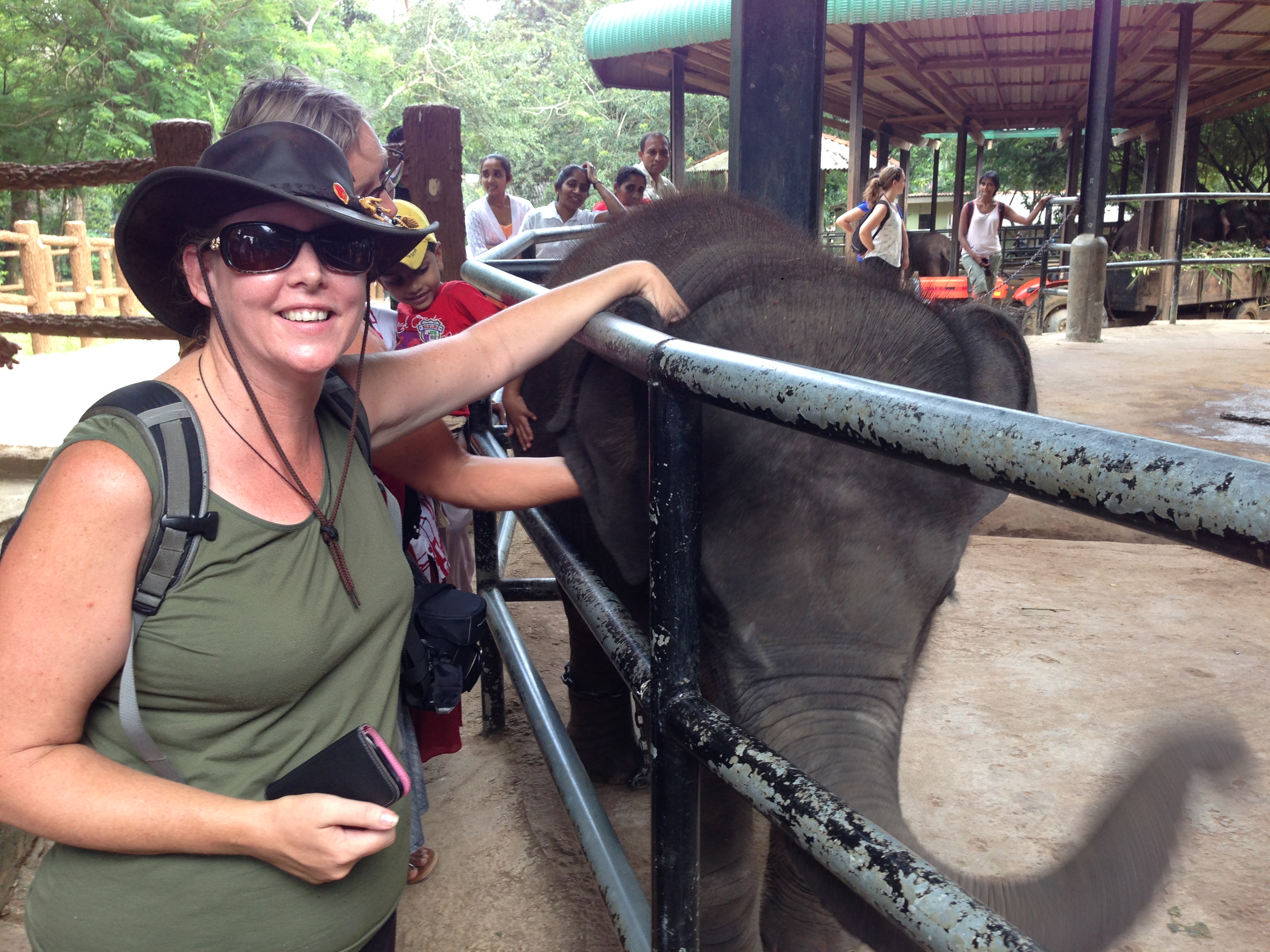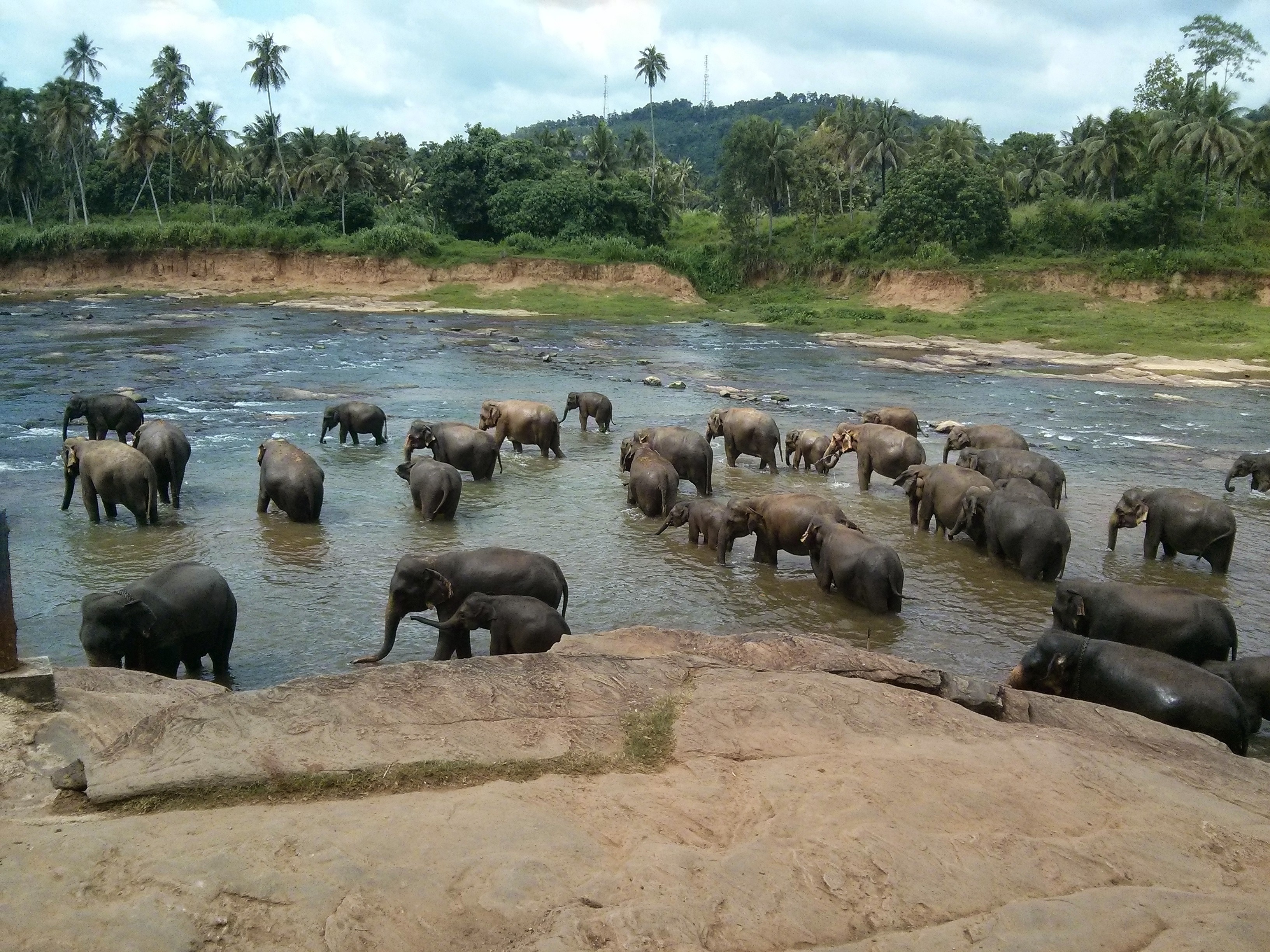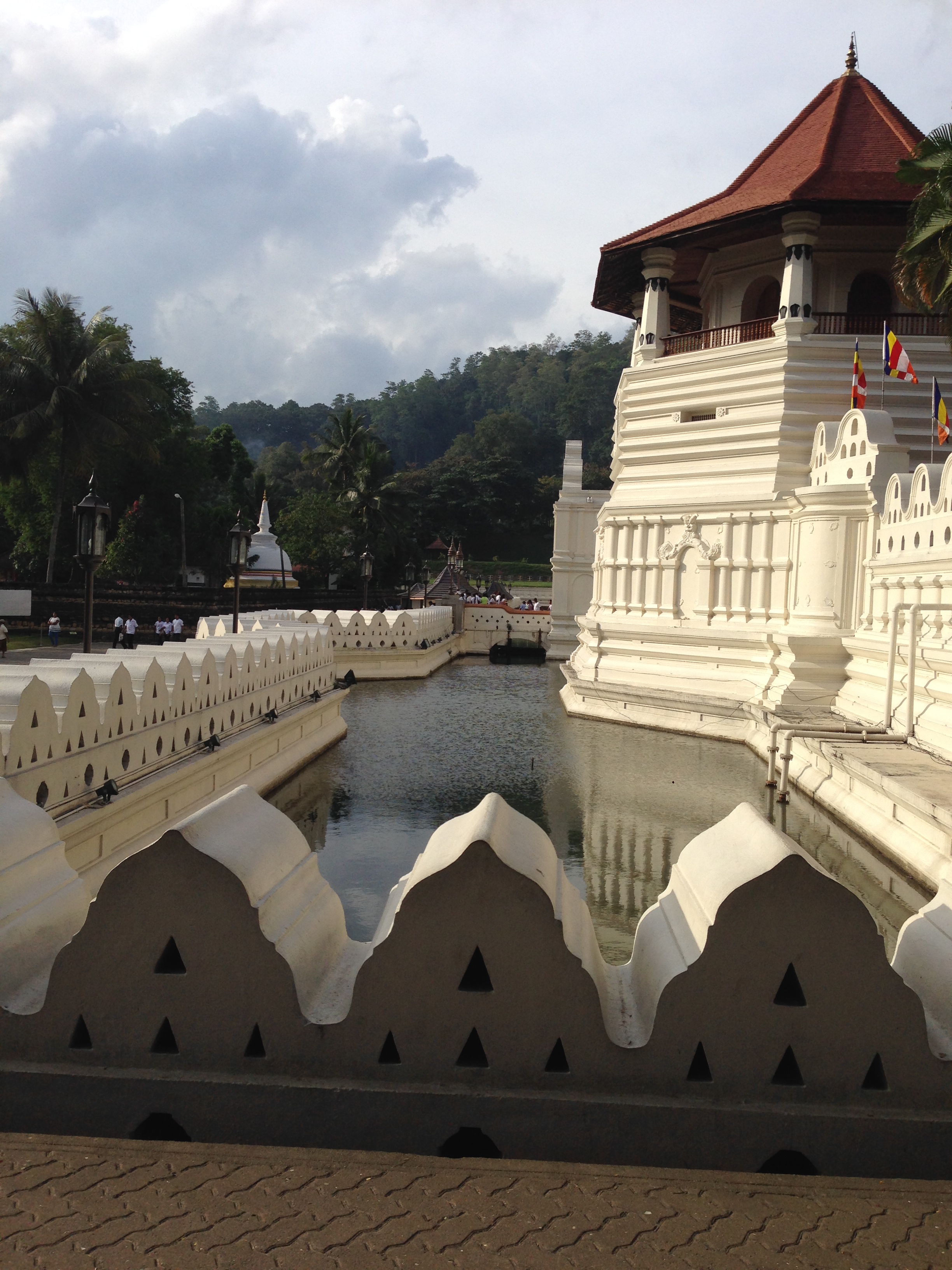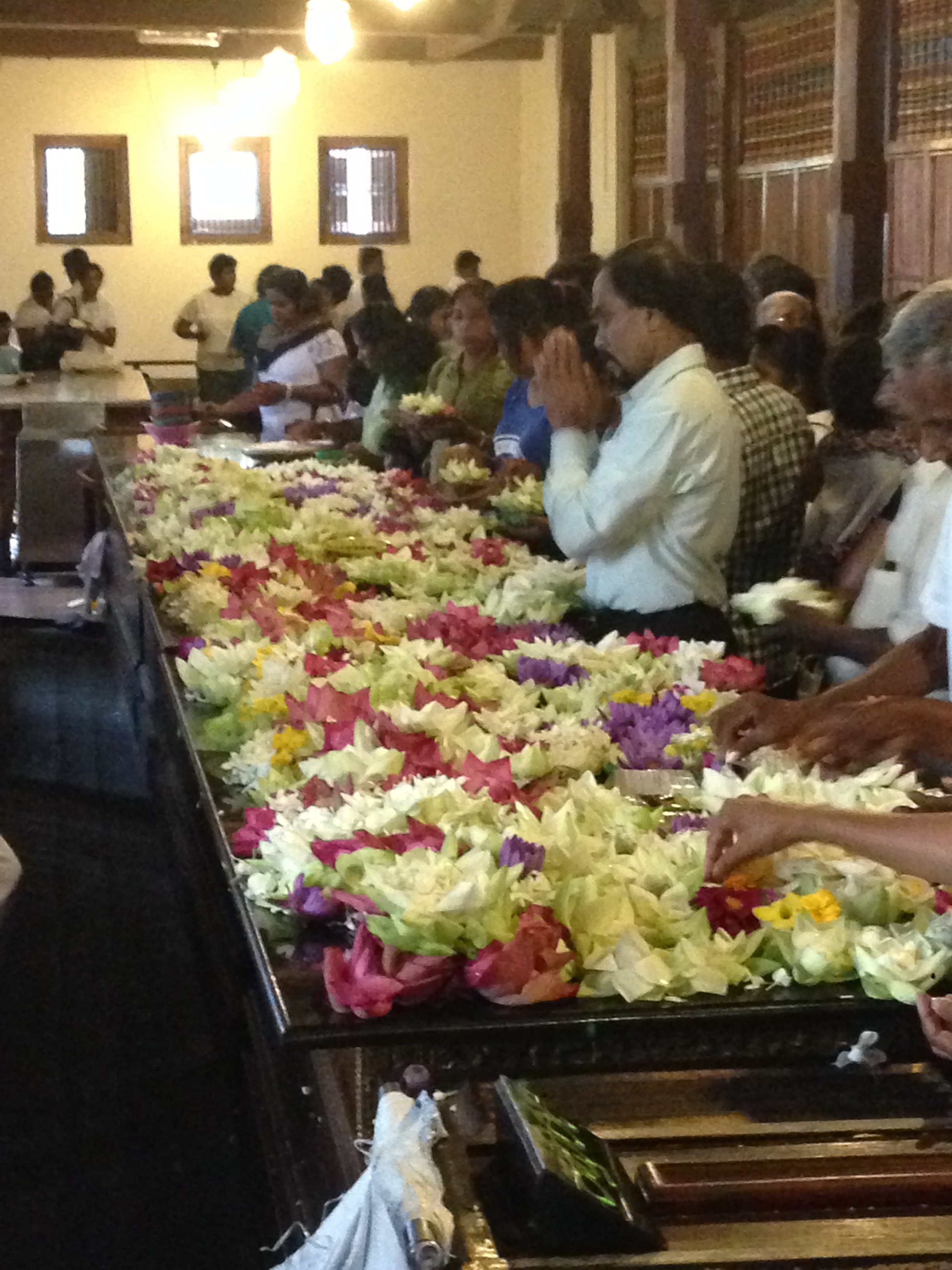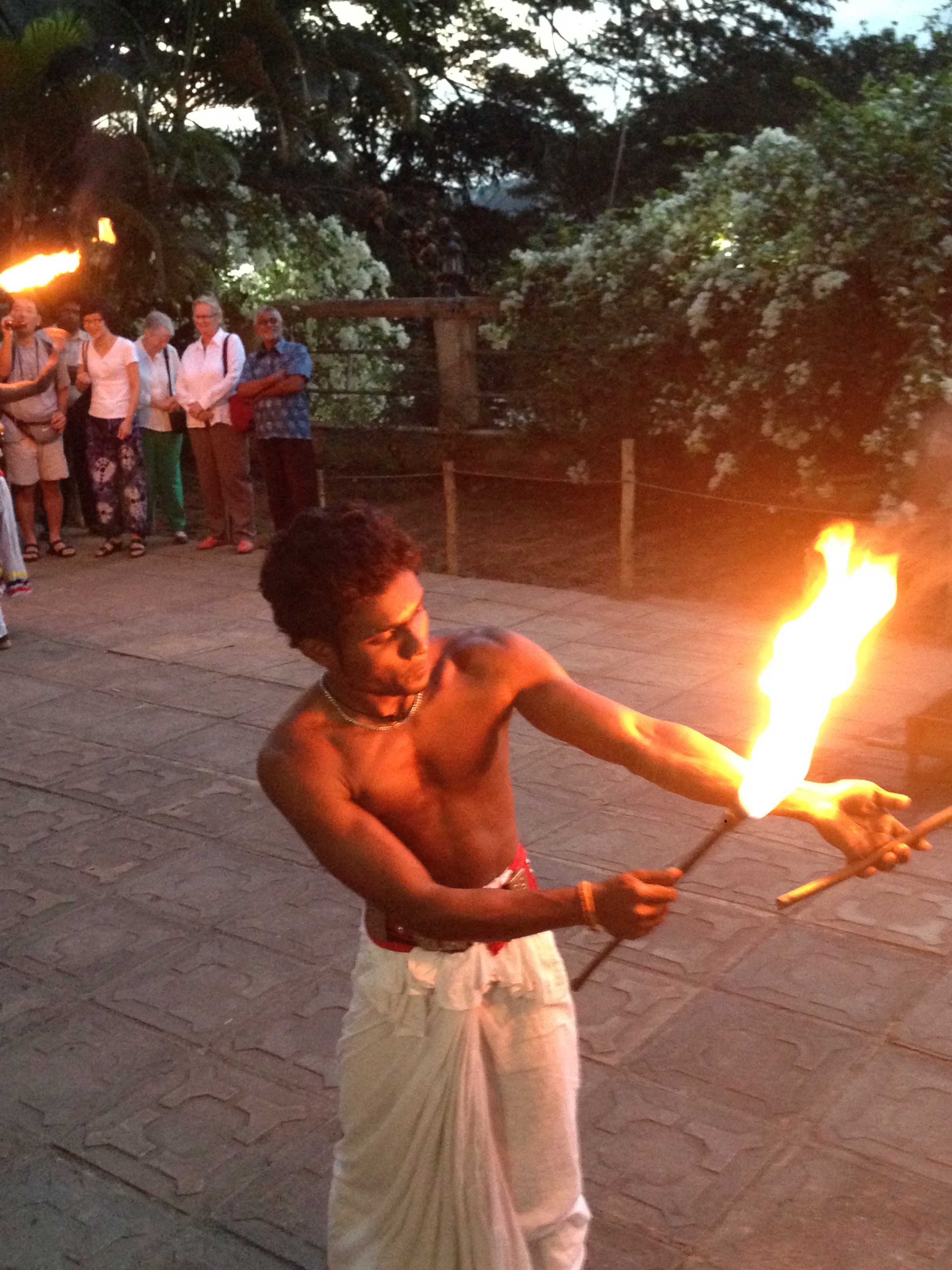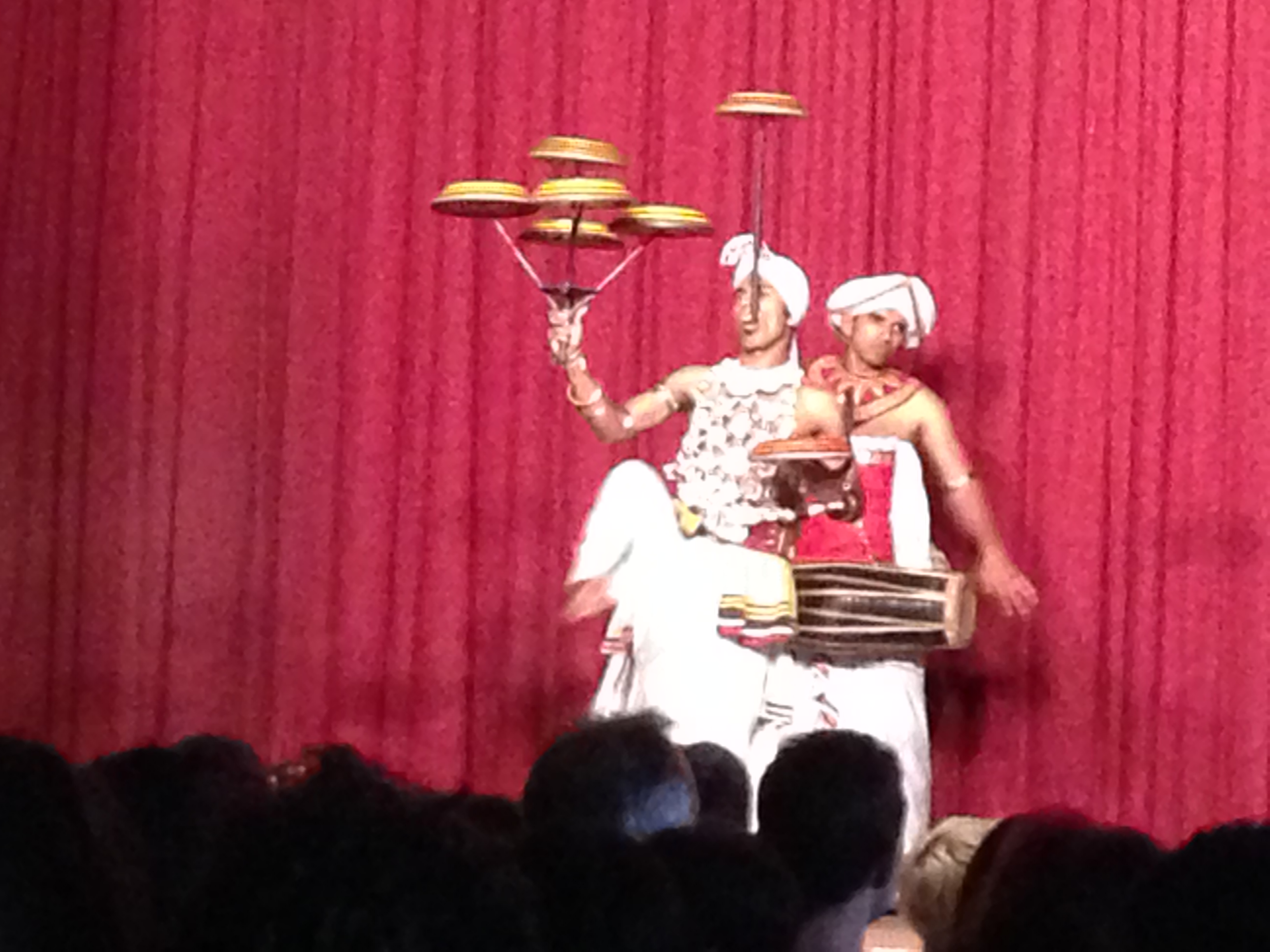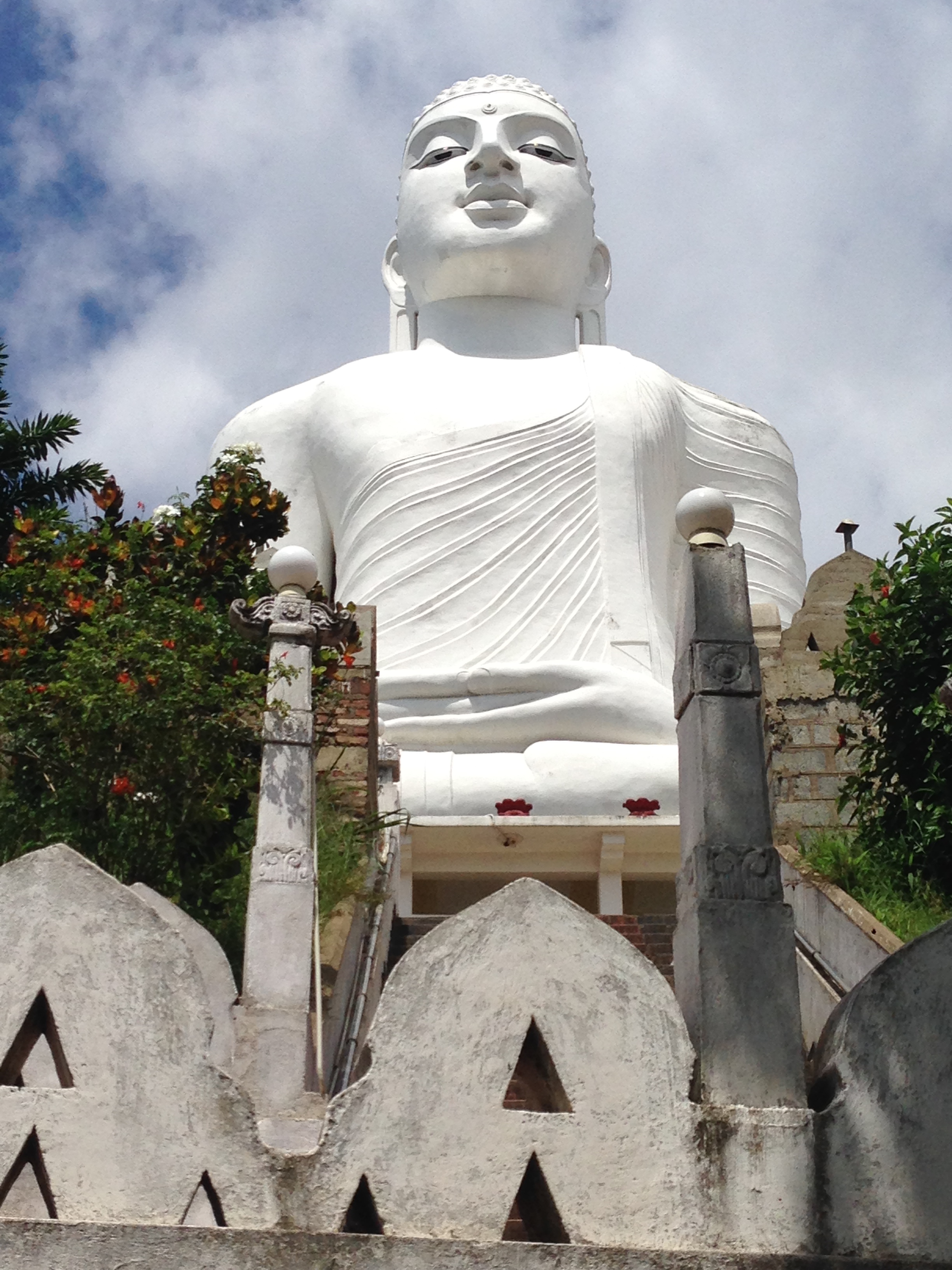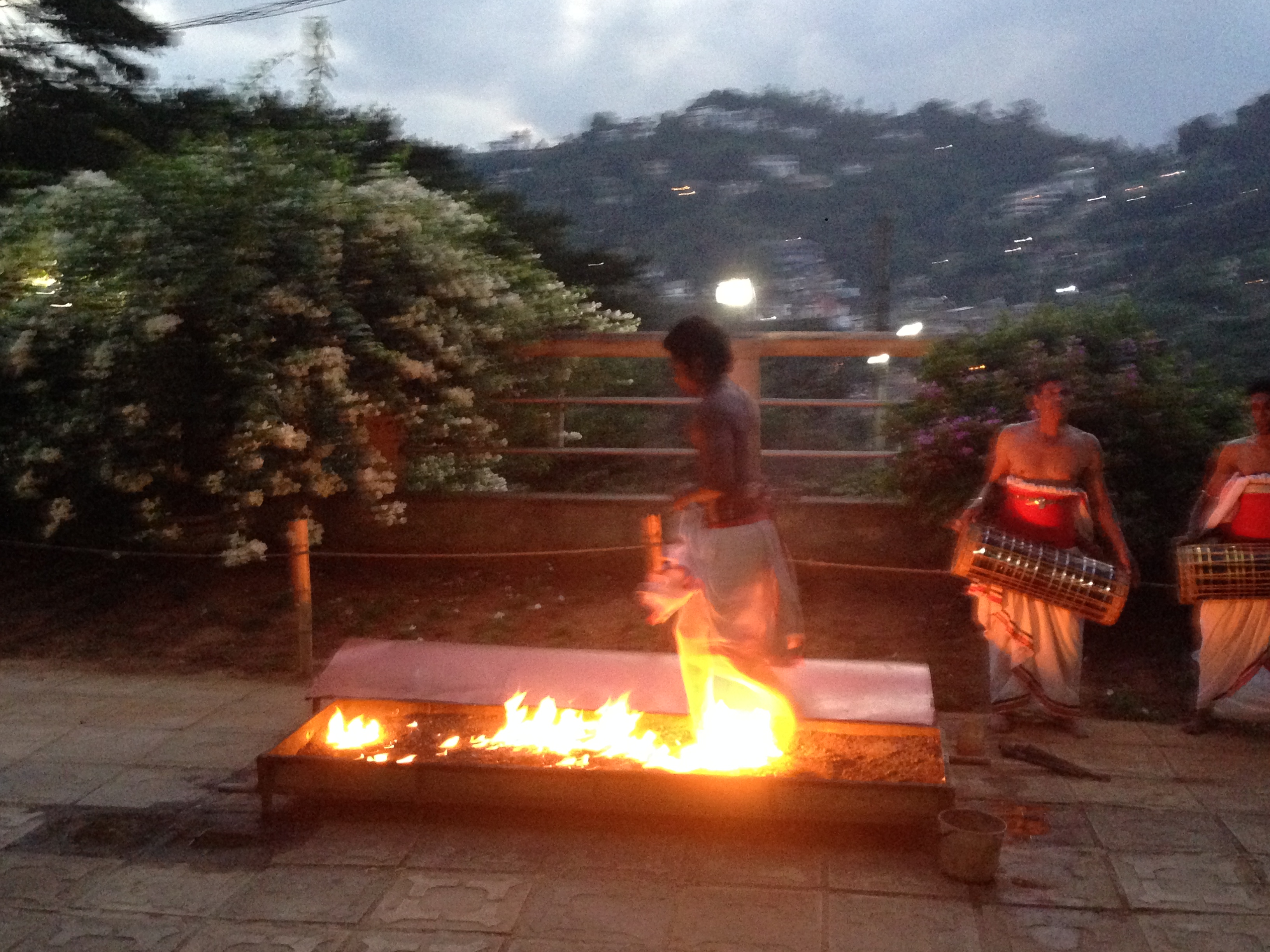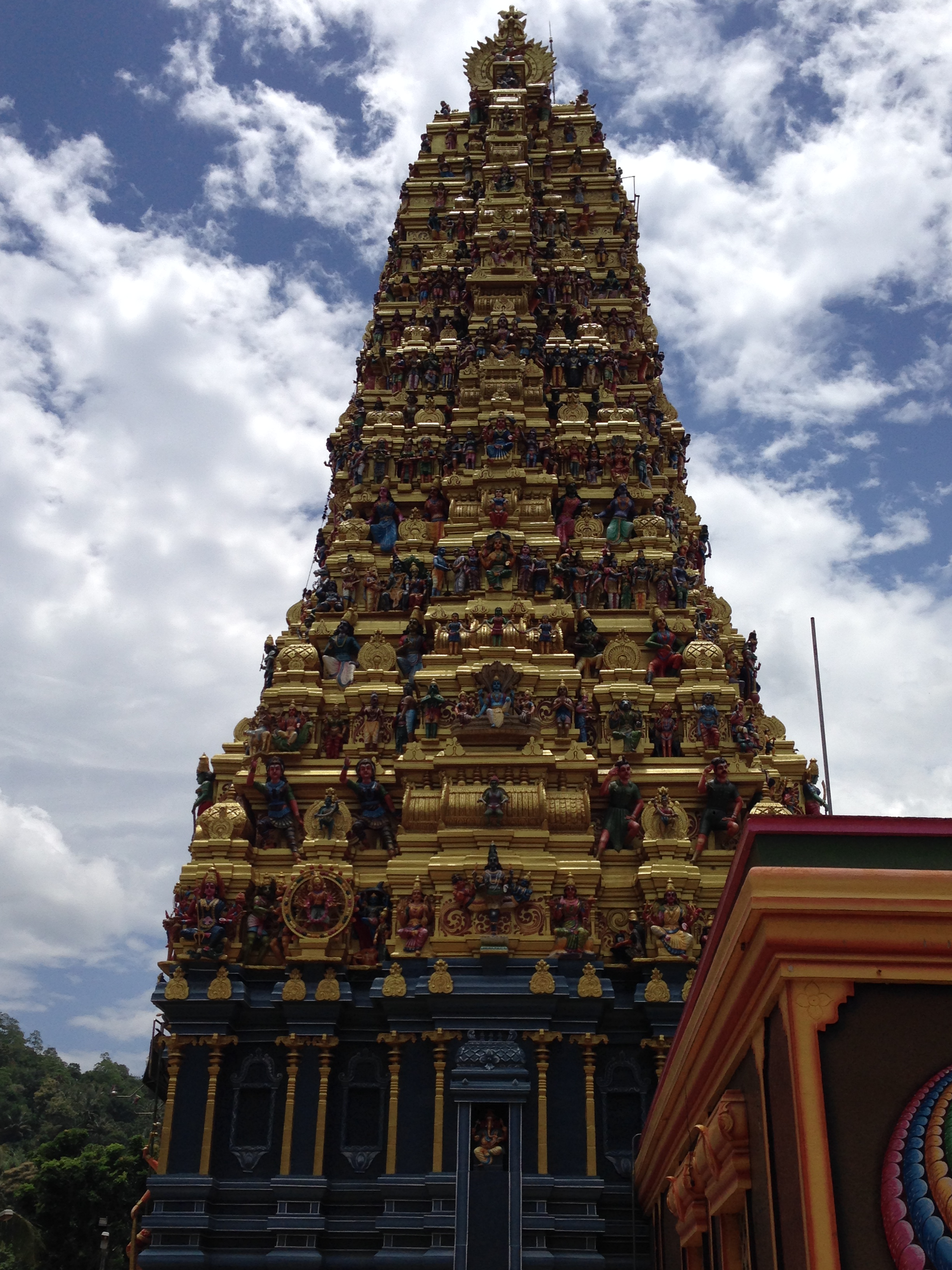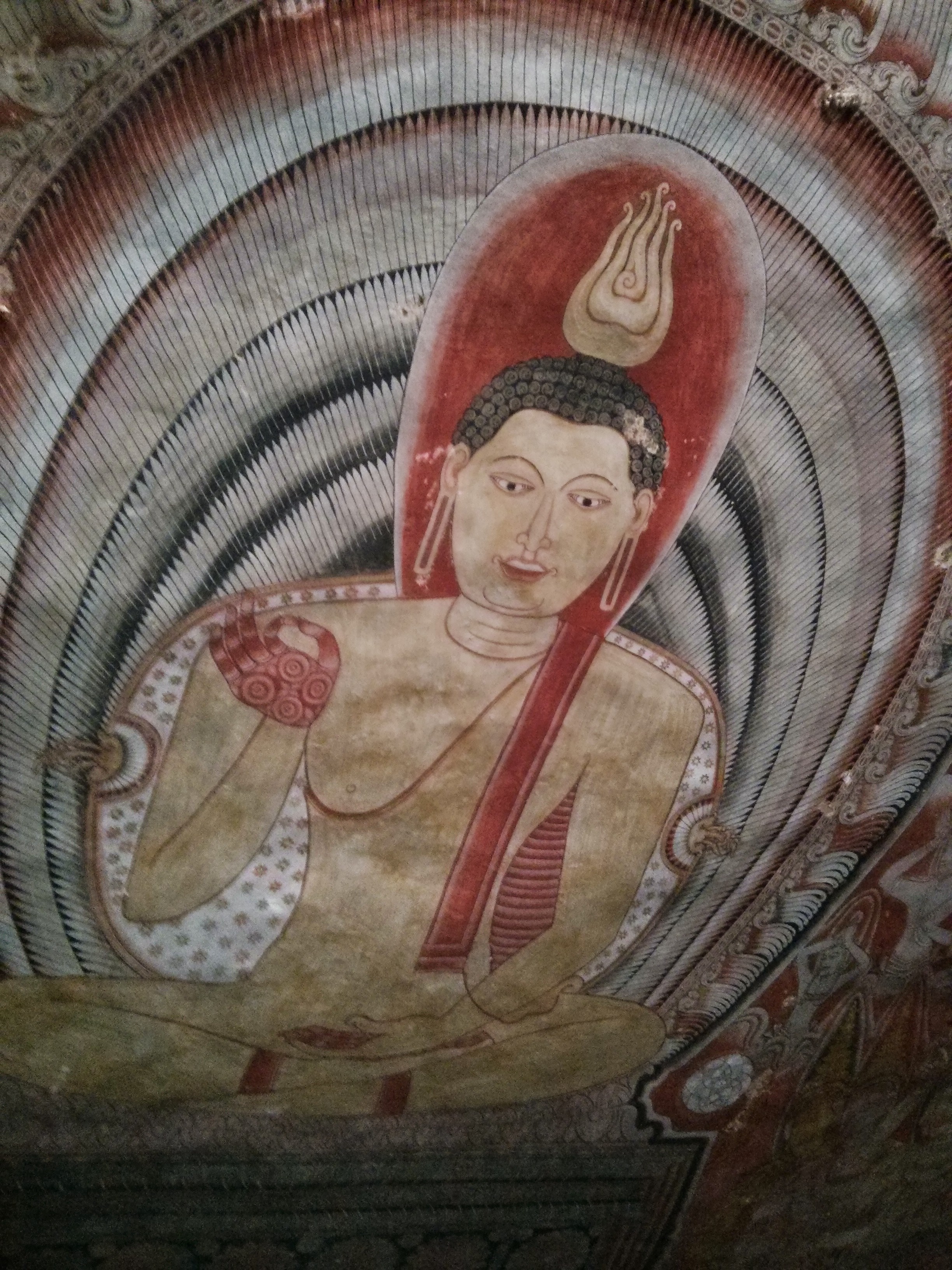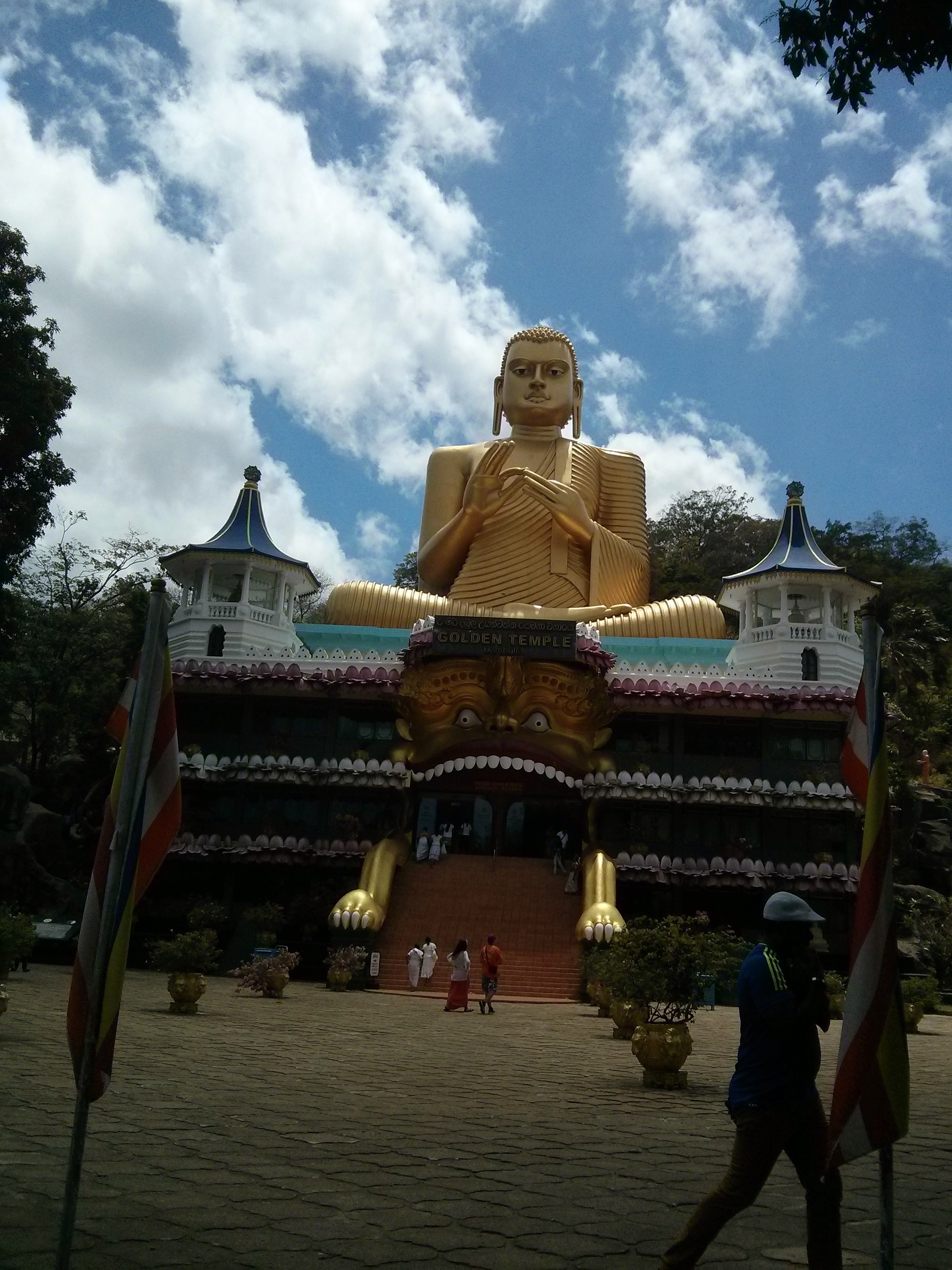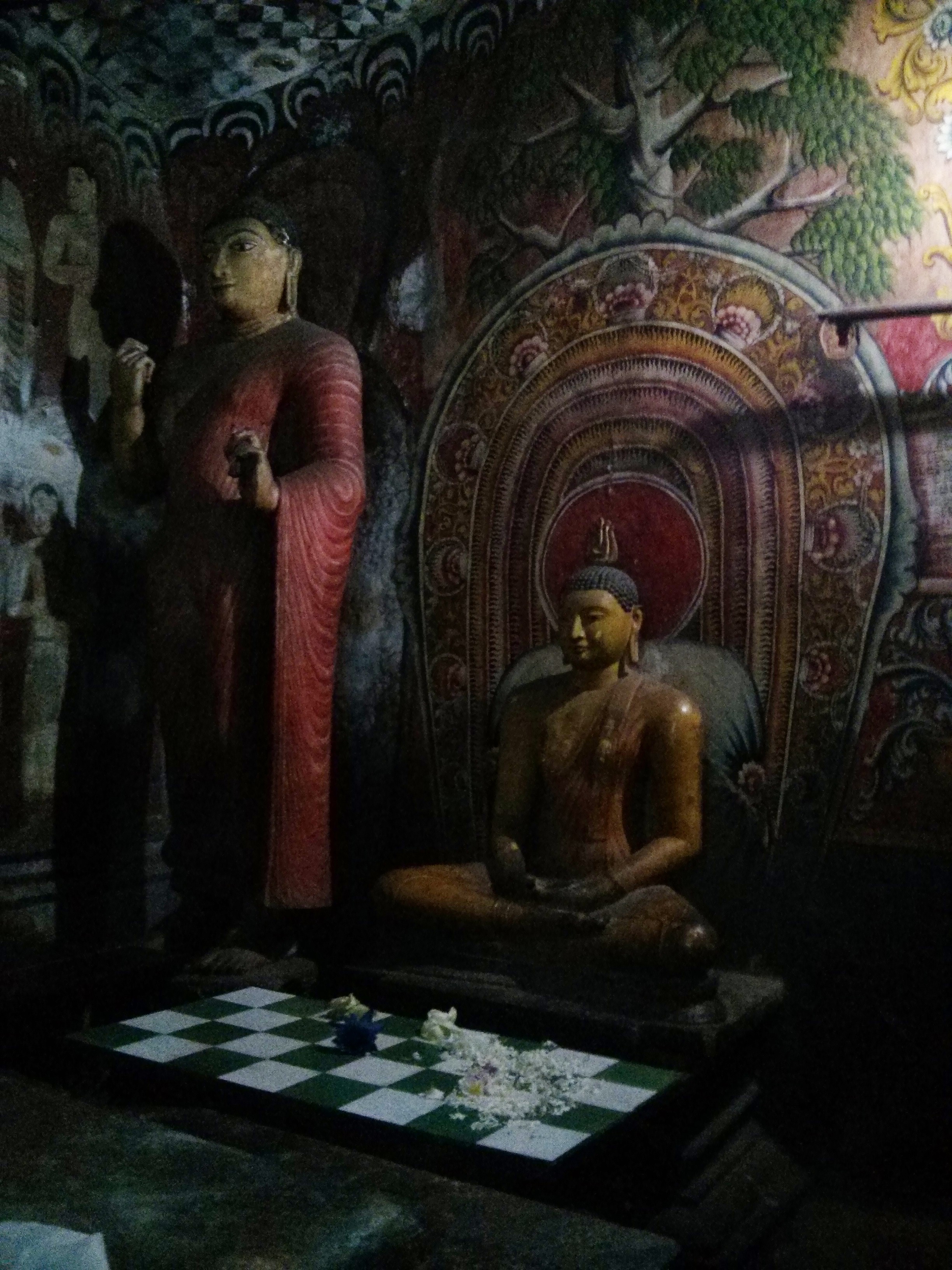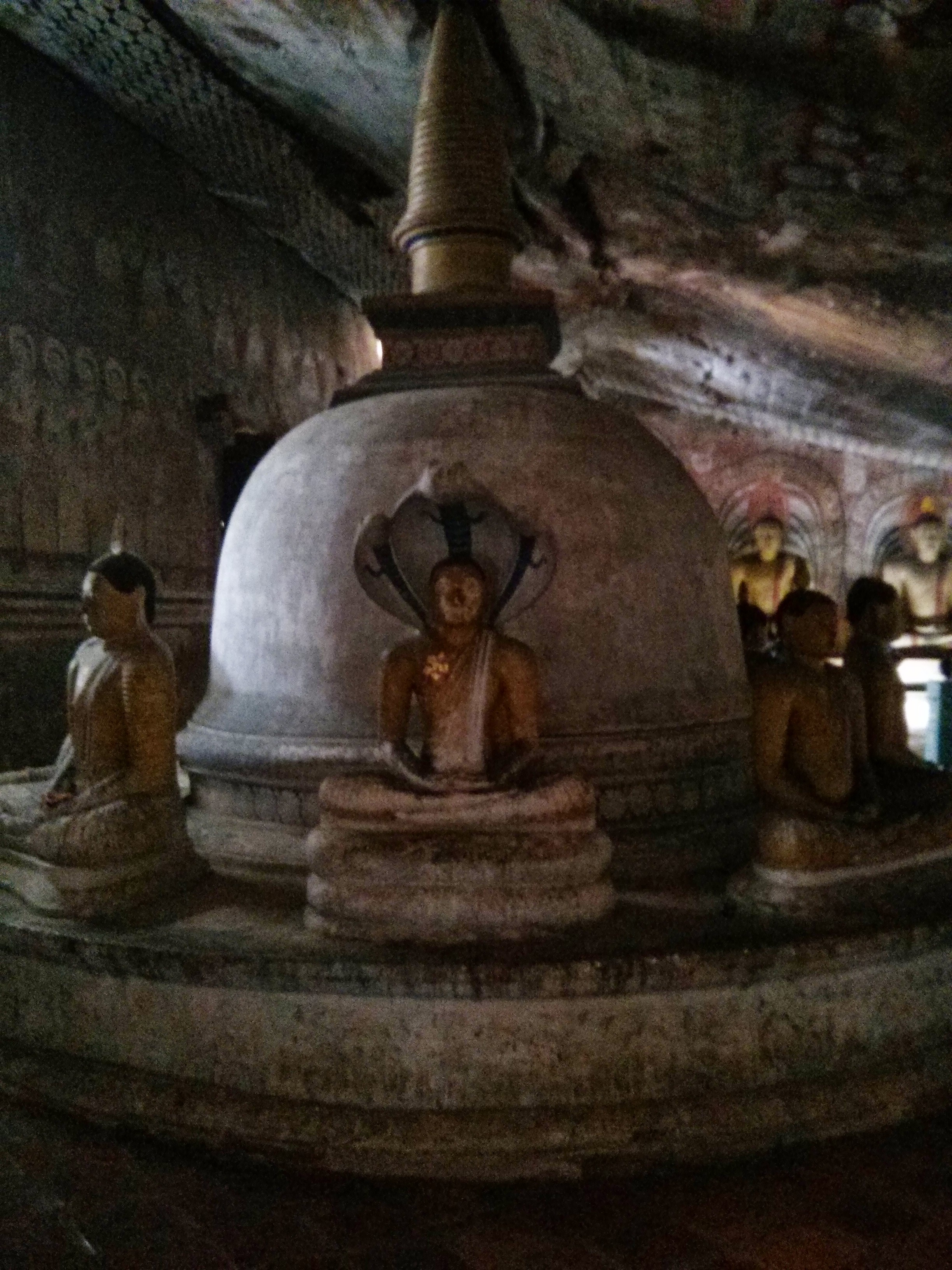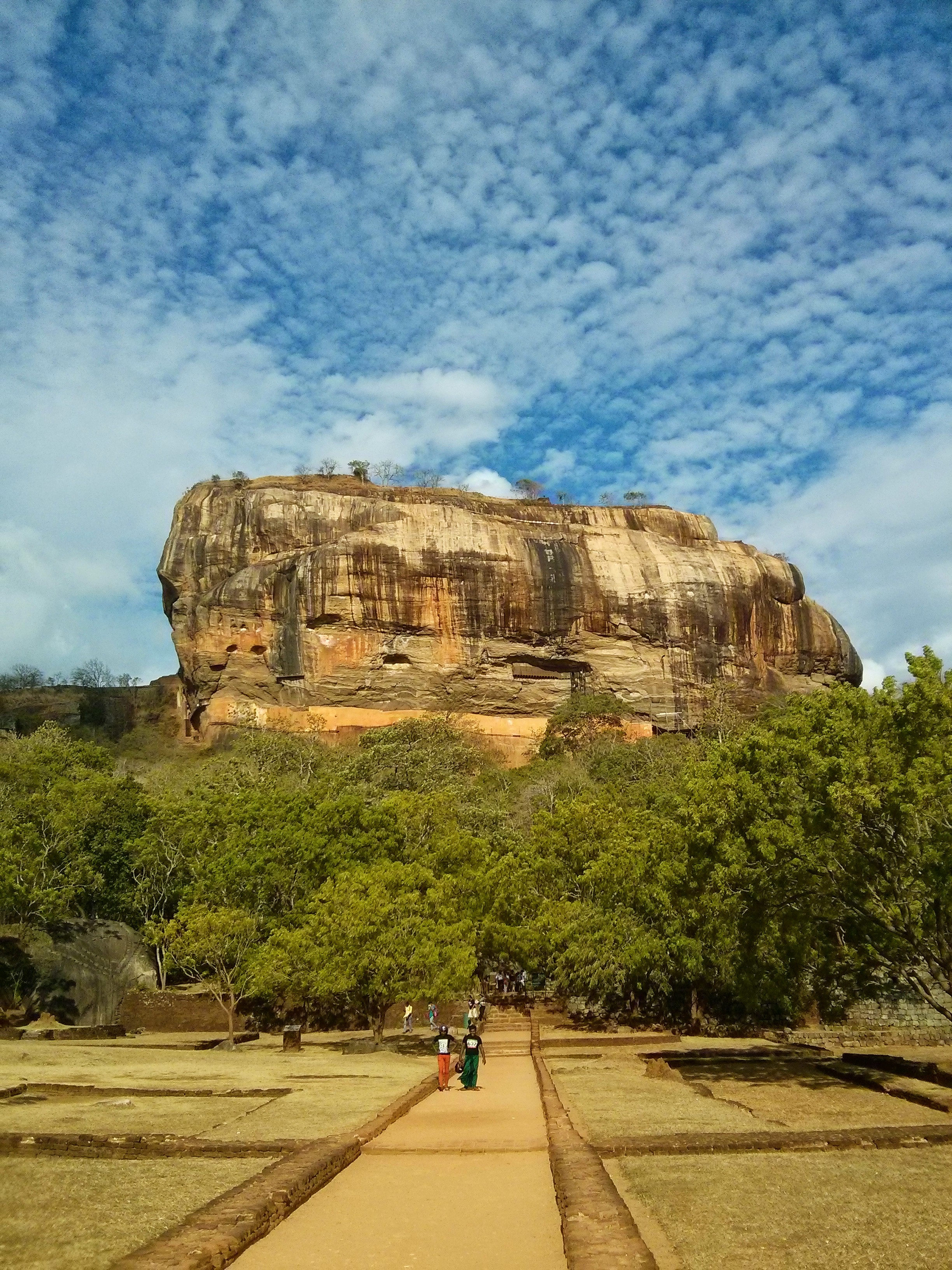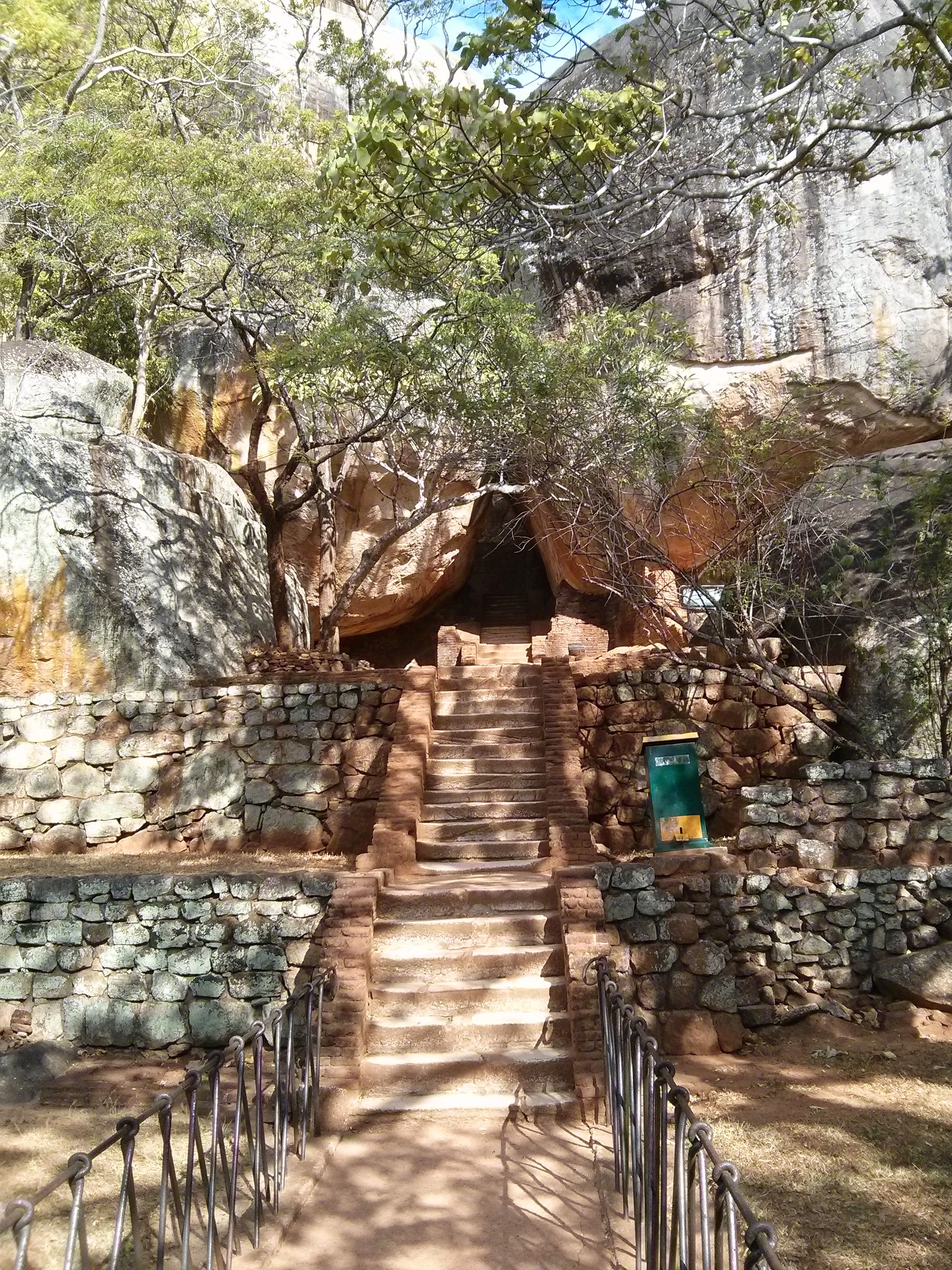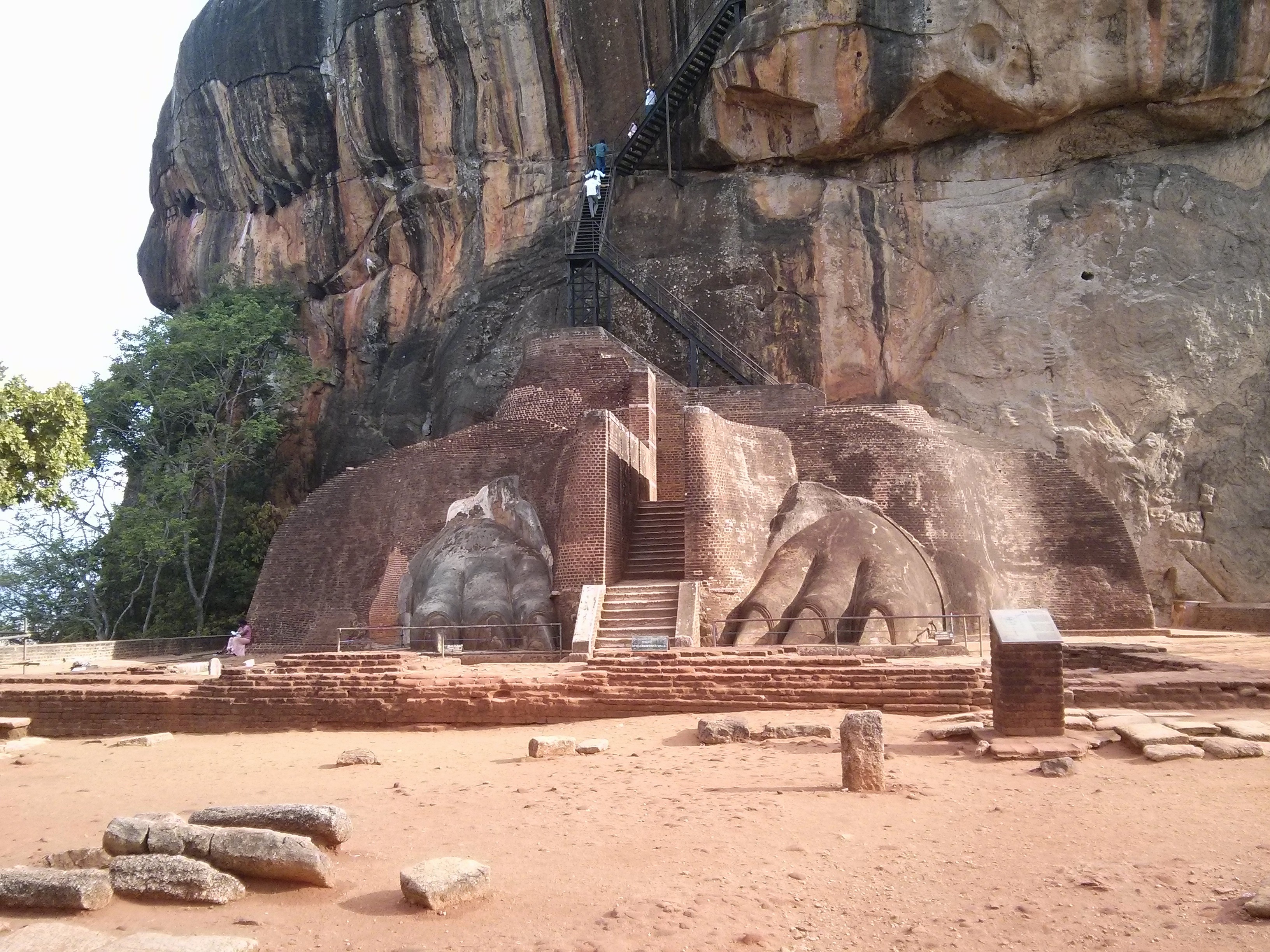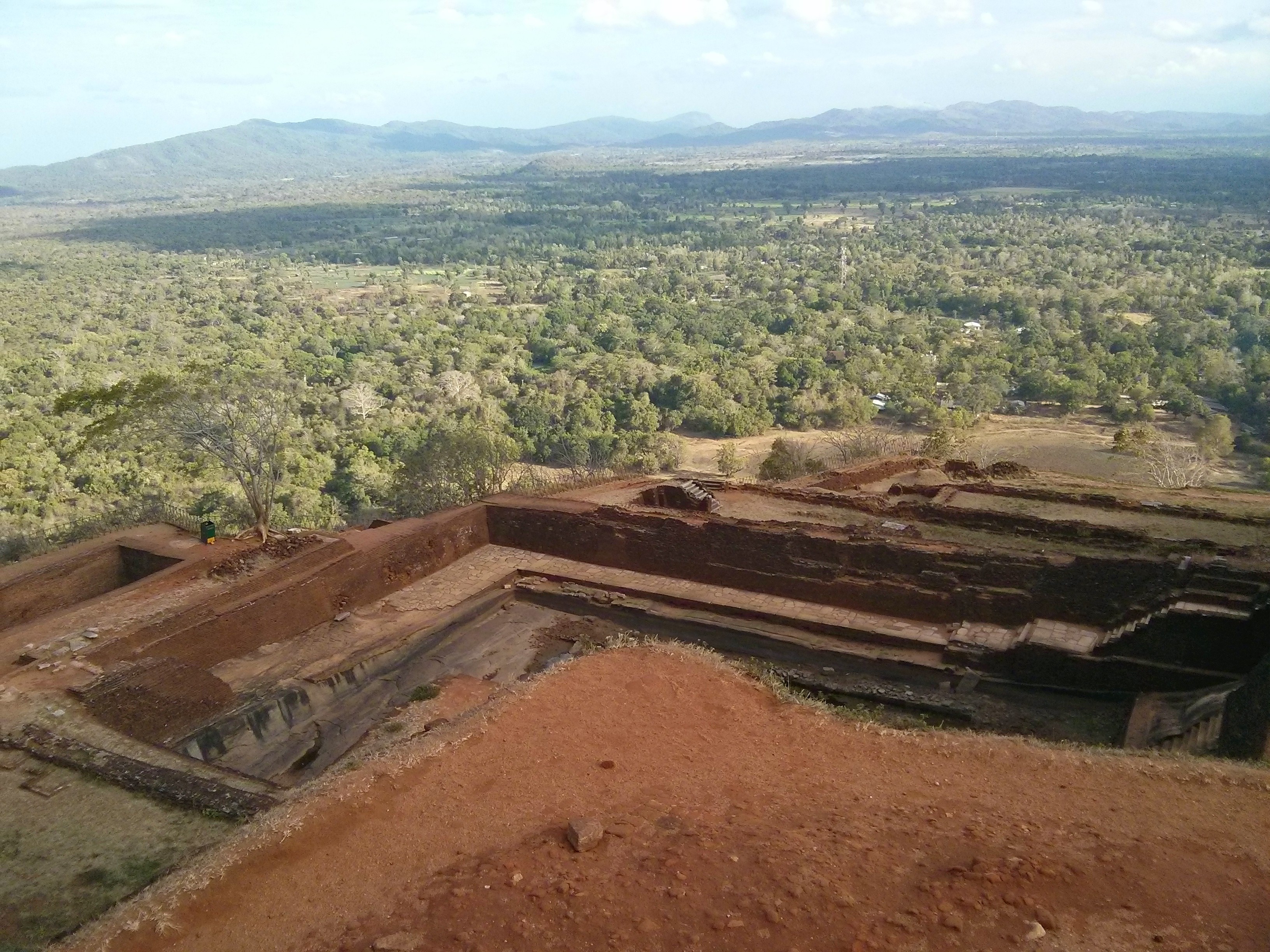We made it to Inner Mongolia the first time around, but the logistics of getting to Mongolia proper were just too hard to manage back then.

Mongolia is a basically an oval shaped country (2,400 km E-W and 780 N-S) wedged between China and Russia. Three quarters of the place is open pasture (The Steppe) which supports the huge herds of grazing animals for which the country is known. Mongolia is considered the world’s least densely populated nation, with 3.3 million people spread over 1.5 million square kilometres.
While many countries are denying or denouncing their imperial past, Mongolia is bucking this trend vehemently. They have proudly and brazenly embraced it. So much so that everything is about the great Mongol empire and their most famous of leaders.
Genghis Khan (1162-1227) known locally as Chinggis Khan, was a warrior-ruler and one of the most famous conquerors of history. He first consolidated the disparate tribes into a unified Mongolia and then expanded the empire through to the Adriatic Sea.
The empire lasted almost 400 years after his death. Mongolians see him as a symbol of their country’s strength and resilience.
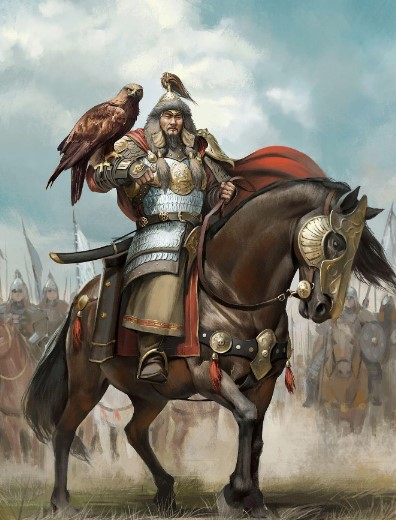
The Mongolian nation was officially proclaimed in 1924, with the capital set around the main monastery of the Bogd Gegeen (spiritual leader) and was renamed Ulaanbaatar (“Red Hero”). While technically ‘independent’, for the first 70 years it was actually a one-party state closely tied to Russia (the Soviet Union). It received all technical, economic, and military assistance from Russia and generally followed Russian guidance in all matters political and economic, while building a socialist society.
After the collapse of the USSR, Mongolia ended the monopoly and embraced free multiparty elections, coalition governments, a new constitution, and installed greater cultural and religious freedoms.
Our entry saw us flying in to the Chinggis Khan International Airport (virtually everything here is/was named after Chinggis). This saw the first actual panic occur in the time since we have been away (600 days ago). Having no local currency Jill hit the ATM (as usual) but mid-transaction she was hit by the blue screen of death as the machine shut down and rebooted itself (with our card inside). Needless to say, some internal panic ensued over the next few minutes. But our card eventually spat out and we used a different machine, got our money and started the usual SIM card and taxi negotiations.
The airport is about 50 km out of town and provides you with an excellent opportunity to get a true sense of what you are getting yourself into. Flying in there is a single bitumen road (three lanes wide in each direction) and everything else is a dirt road or a paddock. Driving on the bitumen road, you pass gers (the local Yurt version), herds of cows, horses, goats and some truly stunning scenery.








The cab ride in was astounding with some of the most amazing landscapes, sculptures and wildlife. Our first glimpse of a steppe eagle in full flight was just stunning. These huge muscular birds are quite the sight and can be easily spotted just glancing out the windows.
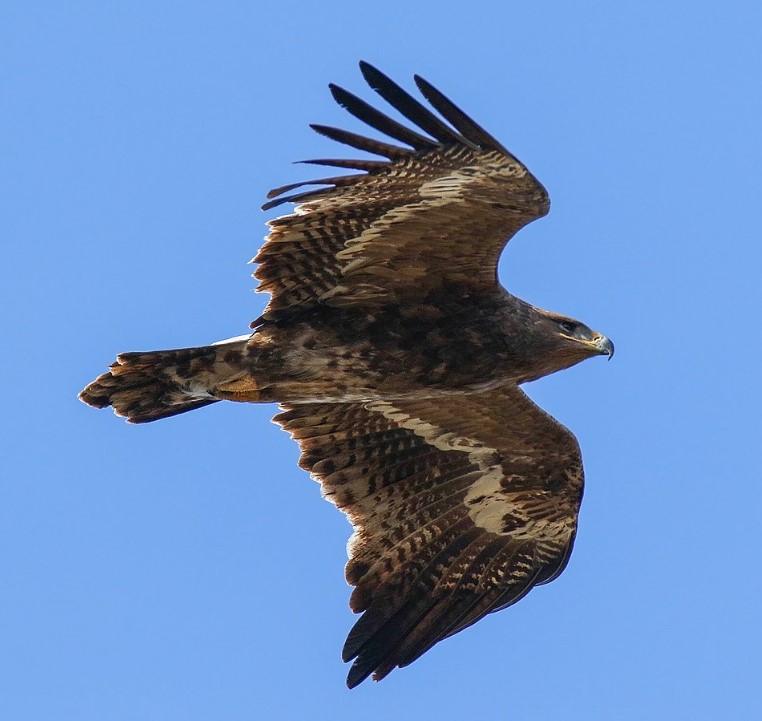
After a while the dirt roads on the sides give way to the city, enter the appearance of some amazing (and sometimes a bizarre) statues along the roads. The first thing that catches your eye is the abundance of Prius vehicles. Quite literally every second vehicle on the road is a Prius.
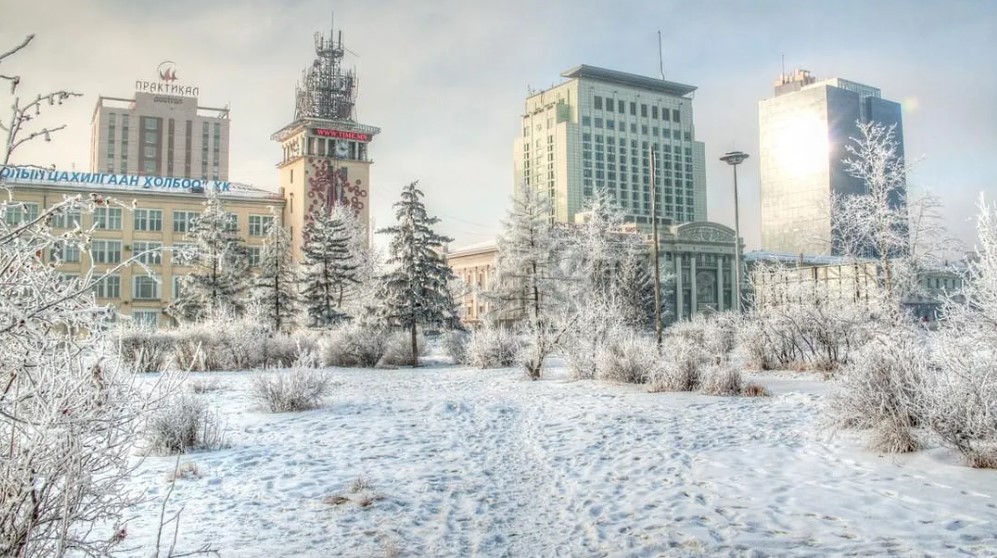
Ulaanbaatar is home to half of Mongolia’s three million population and is the coldest capital city in the world with heavy snow and cold lasting for three months.
As we were here in early summer, we missed all of this cold weather, and enjoyed some cool evenings and pleasant days in the mid-20’s. The cold is due to:
- its high elevation (1350m),
- relatively high latitude,
- being hundreds of kilometres from any coast,
- the effects of the Siberian high.
These factors combine to deliver winter temperatures of -40 degrees Celsius. With a temp range from -40 in winter to plus 35 in summer, Mongolia has an extreme and inhospitable climate where only the hardiest survive. Forty percent of the population still live as nomadic herders.
Ulaanbaatar (or just UB for us well travelled types) is surrounded by 4 sacred mountains (Bayanzurkh, Bogd Khan, Songinokhairkhan and Chilgeltei). South of UB, Bogd Khan Mountain is proclaimed as sacred and was declared a protected area in 1783, which made it the oldest national park in the world.
Our accommodation was at a boutique hotel, quite literally in the middle of everything. We were directly opposite the national museum, a block from the Chinggis Khan museum, right next door to the Parliament building and Sukhbaatar Square. This meant that our step count would not be high, but we were sure to see everything (around town at least). Bit worried about the gas mask in the cupboard though.
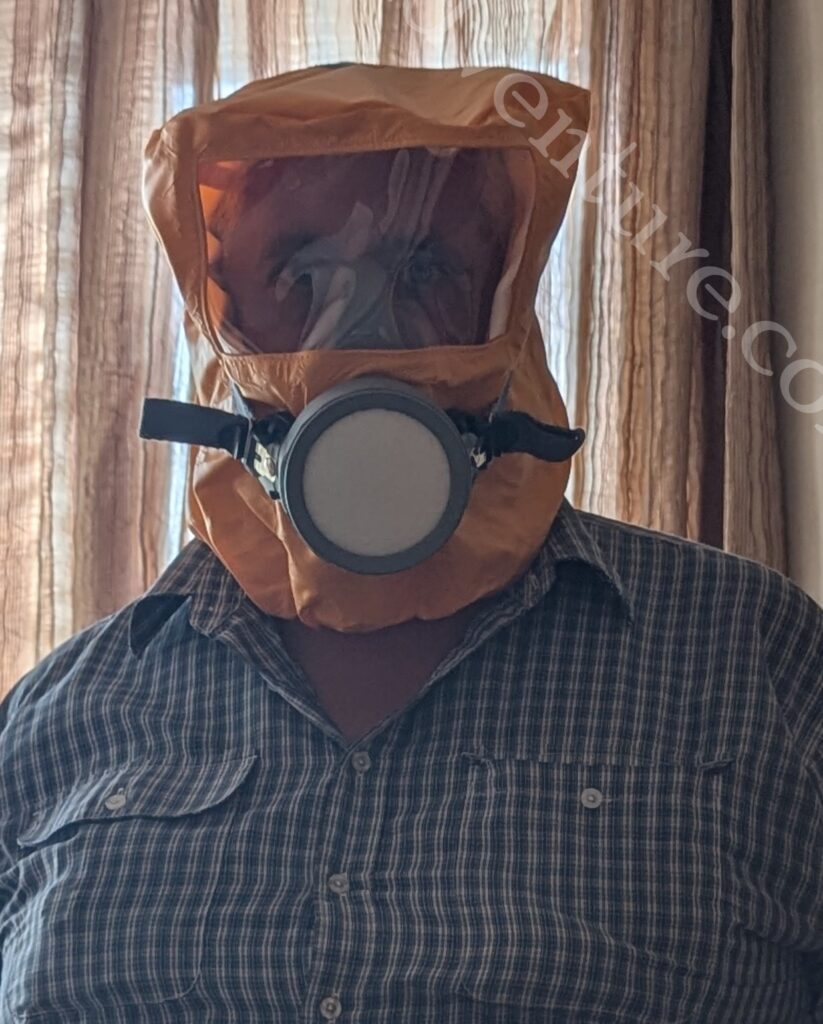
Almost immediately opposite our hotel was the National Museum, which would also be our first port of call. It was a great collection of all things Mongolian with a particular emphasis on the national dress over the years. Given that the Chinggis Khan museum was only a block away, that bit was a bit light on. But I was interested to find out that Mongolia had its own astronaut (Jügderdemidiin Gürragchaa) who went into space in 1981 as part of the Russian space program.





















Being a Tuesday, the Chinggis Khan museum was shut so it was off to Sukhbaatar Square.
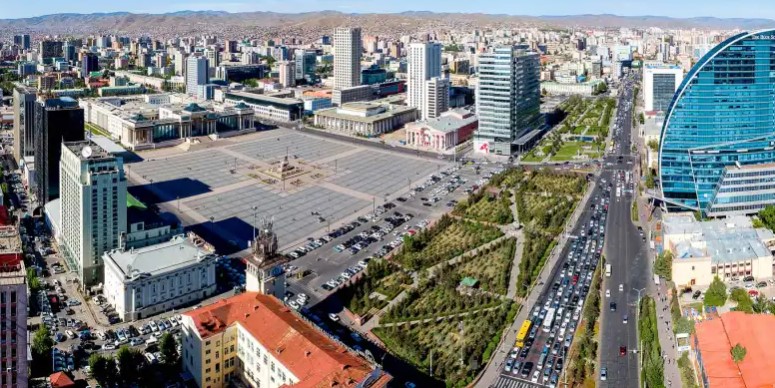
In the early 1800s, when UB was still in its infancy, a large square was constructed as the city’s center with the name “Great Freedom” (Ikh Choloo). After the People’s Revolution of 1921, the area was called “Indrin Square” and in 1946 was renamed “Damdin Sukhbaatar Square” to honor the Mongolian independence hero. It was renamed to Genghis Khan Square in 2013 and changed back in 2016.
The square houses statues of Genghis Khan, Sükhbaatar, and Sanjaasürengiin Zorig (who helped lead the democratic revolution of 1990).



At the top (north) of the square is the Mongolian Parliament Building and the square is surrounded by some great soviet era old buildings that include, the stock exchange, the cultural centre (Соёлын Төв Өргөө), state opera and ballet and the usual big (local) banks.
National Parliament of Mongolia is the home of all government related stuff. The front of the palace has statues of Genghis Khan, Ögedei Khan, and Kublai Khan.
The statue of Genghis Khan is guarded by two of his generals Muqali and Bo’orchu on horseback.
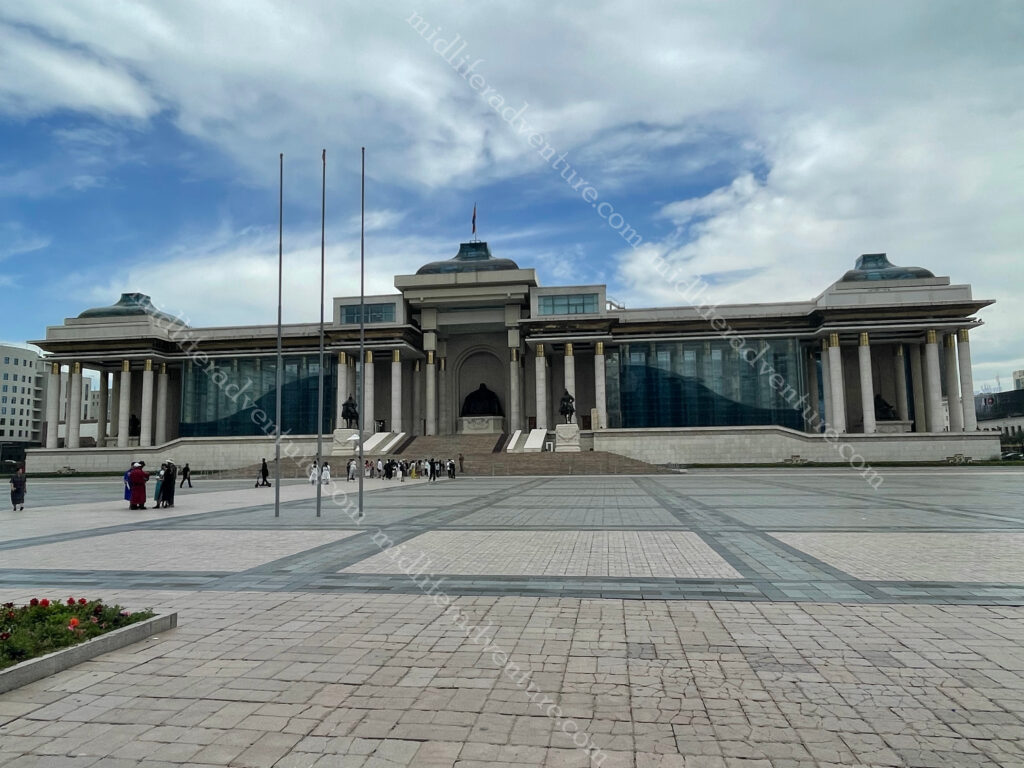





At the southern end of the Sukhbaatar Square you find the bizarrely out of place Blue Sky Tower (Хөх тэнгэр цамхаг). This is an ultra-modern 25 story, 105 meter, steel and glass skyscraper that houses luxury apartments, a 200-room hotel, restaurants, and office and conference space. To say it stands out is an understatement.
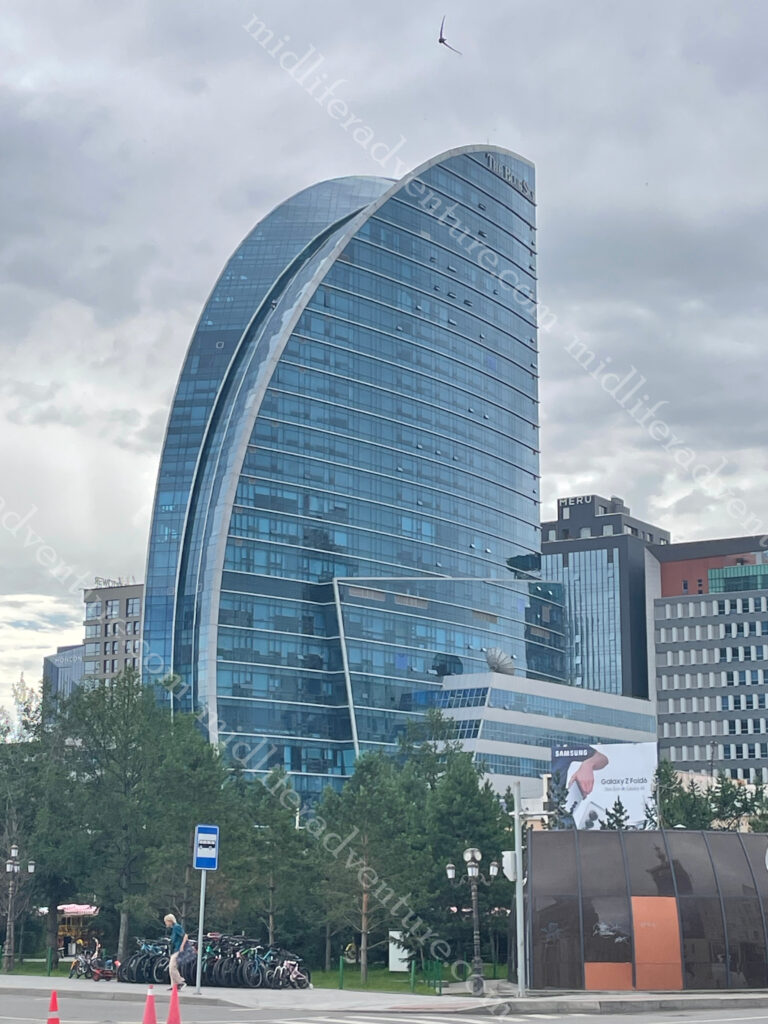
The second day it was off to the Chinggis Khan Museum. As you can imagine, this one had much more about the development of the empire and the tools of war, as opposed to the traditional costumes from the day before. Until recently there was no photos allowed but now for about $20 you can purchase an authorising lanyard and take some happy snaps.
















Next stop for us was down to the State department store. Back in the soviet days this was the only (official) place to get your items. It was written up as an attraction in its own right. For us it was a six storey shopping hell. It was basically a Westfield, with all of the usual stores, selling pretty much what every shopping mall sells. The fur section was a little bit special and I did spend some time looking at a fur stoal made from a white arctic fox with head intact.
Our next day was meant to be off to the Palace (officially the Winter Palace of the Bogd Khan) but it was about a 2.5 km walk and the weather (rain) set in fairly nastily. Add to this the bride not feeling 100% in the preceding days, we decided to hide and boycott until the next day. Built between 1893 and 1903, the palace is where Mongolia’s eighth Living Buddha, and last king, Jebtzun Damba Hutagt VIII (often called the Bogd Khan), lived for 20 years.










To say that the palace has seen better days in underselling the situation. Extreme temperature fluctuations (-40 to +35) has seriously taken its toll on the older buildings. Despite this the Palace houses some important items (such as the Mongolian Declaration of Independence from China in 1911) as well as some gifts received from foreign dignitaries. Some of these include: a pair of golden boots from a Russian tsar, a robe made from 80 foxes and a ger lined with the skins of 150 leopards. The Bogd Khan had a thing for unusual wildlife and there is an impressive display of stuffed animals in the palace. At one point the Bogd purchased an elephant from Russia for 22,000 roubles.
Hidden in behind the Blue Sky tower you can find the Choijin Lama Temple Museum. This is a complex of five temples with elaborate paintings, colorful masks, and ornate statues. The monastery was built between 1904 and 1908 for the Choijin Lama, a brother of the Bogd Khaan who became Mongolia’s first leader after independence.




Most of the top things to do in UB are actually outside the city. So the next day it was in a car and out of town on a day trip in and around the natural beauty that is Mongolia. A hundred Aussie bucks bought us a car and driver for the day with an itinerary to boot.
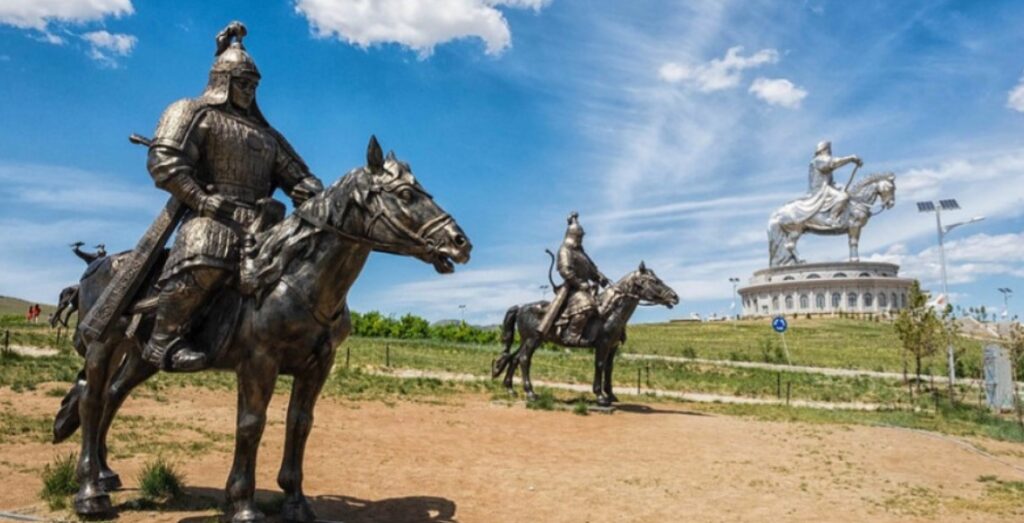
The most famous of thing to see is the Genghis Khan Statue Complex, about 54 kilometers outside UB. At its heart stands a 40 meter tall statue of guess who, perched atop a 10 meter pedestal.
The complex stands on the bank of the Tuul River and was built to commemorate the 800th anniversary of Genghis Khan’s birth. It is the world’s largest equestrian statue. The base consists of 36 supporting columns, representing 36 great Khans (Mongol kings) with the entrance gate to the complex being decorated with statues of the nine generals (noyons) of Genghis Khan.









To say that you can see this thing from afar is a tad obvious. Construction took three years, cost $4 million and used 250 tons of stainless steel. It opened in 2008, and the interior houses an art gallery, museum, a dress up shop, and the obvious souvenir and coffee shops, etc.






Most importantly, it houses the world’s largest boot (maybe). I say maybe because google doesn’t list it as such. This one is 9 meters tall and the one listed on the internet (in the USA) is only 16 foot (about half the size) tall.
There is probably some weird rule as to why this doesn’t count, but I don’t know.
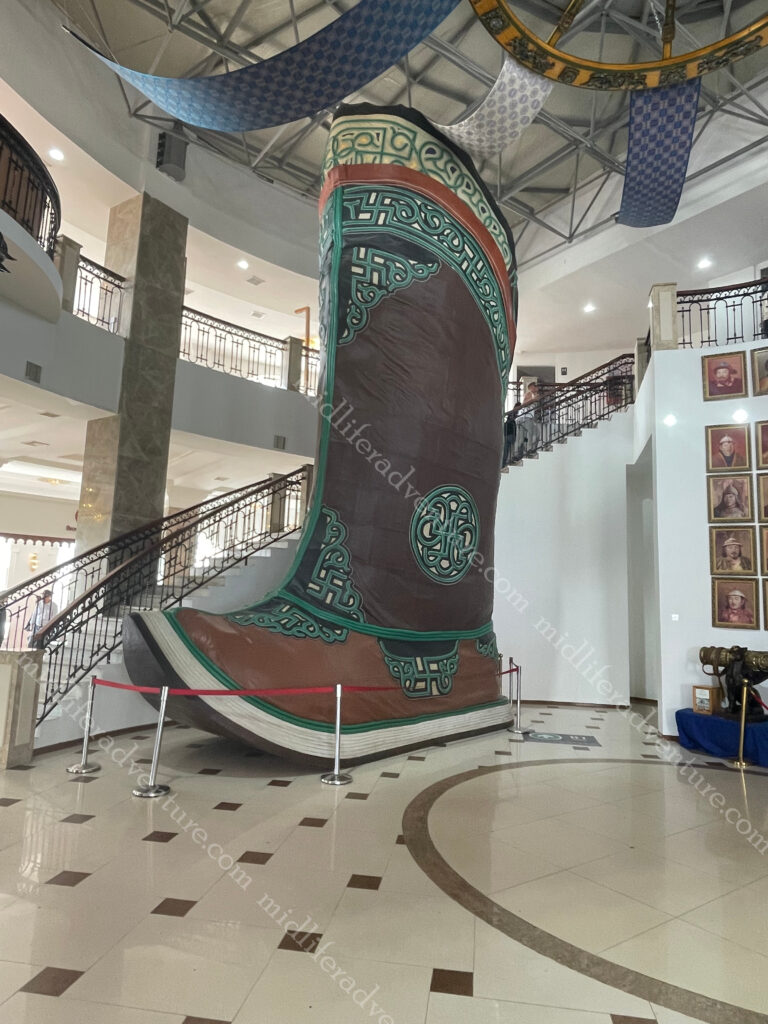
Apparently, the current version of the complex is just phase one. Over time it is planned to place a whole town of the yurts to make up a thematic town, revealing all sides of Mongolian life. The complex was built here (Tsonjin Boldog) because according to legend, Genghis Khan found a whip in this area. In Mongolia, people believe that man finding a whip is a sign of fortune, good destiny, and occasion. The statue faces east, the direction of Genghis Khan’s birthplace.
After the statue it was off to the Terelj National Park. This is one of the most accessible national parks in the country, being about 70 km northeast of UB. It is known for its picturesque alpine scenery, interesting rock formations, and outdoor activities.







In short, we spent hours driving through some of the most amazing scenery that you can come across. We stopped at some obvious spots (like turtle rock) for photo opportunities, but in reality almost every second presented photo opportunities (the single lane road just wasn’t designed for stopping).
A small portion of the National Park has been developed for tourists, with hotels and tourist ger camps set up. These obviously come with the associated restaurants and souvenir shops. In addition there is a bunch of locals set up to take bus loads of (predominately) Koreans on horseback rides, hiking, rock climbing, swimming, rafting, and bird-watching trips.
Our next stop was to be the Zaisan Memorial which was built on a hill to just south of town to commemorate those Mongol and Soviet soldiers killed in World War II. Sadly the mountain it stands on was shut to shore up some landslide activity – so we missed out.


While we missed out on climbing the mountain, at the point we got turned around, we had a perfect view of the big buddha.
Built in 2006 the Buddha statue looks through the entire UB city and protects the city from any danger.
Speaking of missing out, Eastern Mongolia has the Ikh Burkhant complex which has a 90 meter high stone Buddha built into the hillside. It was built between 1859-1864.
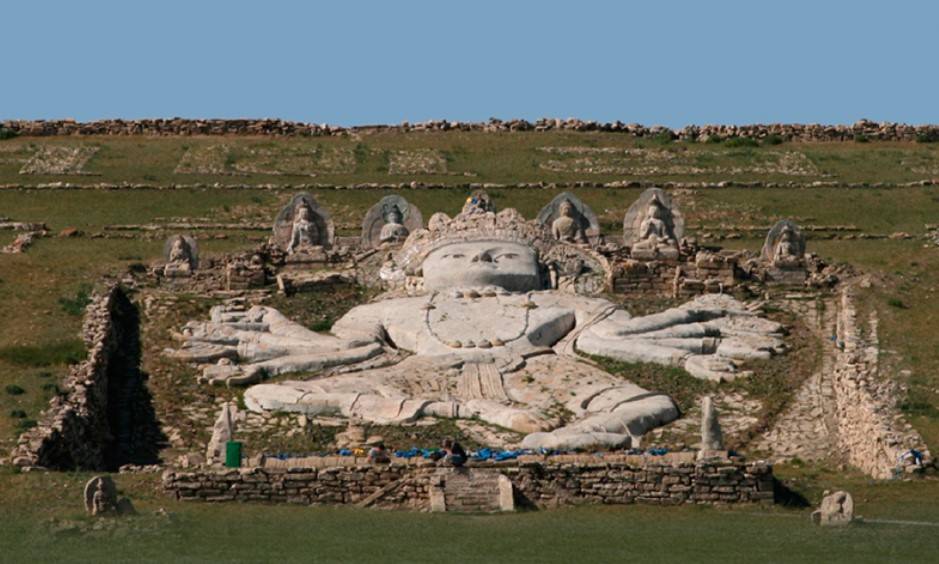
Naadam Festival

Sadly we missed this one by a couple of weeks (we were at Brads birthday when it was on), but this is the main festival of the nation. It is the most important holiday and biggest event on the Mongolian Calendar. The Naadam Festival includes the “Three manly games”. These are sports competitions of Wrestling, Horse racing and Archery. Despite the name, women participate in the archery and horse-racing games, but not in Mongolian wrestling.



The main festival is held in the capital UB, however smaller versions are replicated though the provinces and villages (soums). It begins with an elaborate Opening Ceremony featuring dancers, athletes, horse riders, and musicians.
Mongolian Wrestling (bökh), has no time or weight limits, and bouts end when one of the opponents hits the ground. Bökh wrestlers’ costume consists of 2 parts: upper part is called zodog and the lower part is called shuudag. The zodog & shuudag are usually bright red or blue. Wrestlers complete their looks with Mongol hat & Mongol boots.



Mongolian horse racing as featured in Naadam is a cross-country event, with races 15-30 km long. The riders are children (girls and boys), with the oldest being 10 years old and the youngest only 4. The racing routes are straight requiring less navigation and more speed and endurance.



Traditionally, children rode without saddles but modern consideration for the jockeys’ safety has introduced regulations requiring saddles, stirrups, helmets, vests, knee and elbow pads. In addition to this each rider must be covered by accident insurance.
Mongolian Archery involves 360 targets that are put up for the archery competition. In this competition, both men and women participate; men fire 40 arrows from 75 meters away while women fire 20 arrows from 60 meters away. The winners of the contest are granted the titles of “National marksman” and “National markswoman”.



Mongolian traditional homes – “the Ger or Yurt” are important part of Mongolian national identity. But, in rapidly growing UB’s life, you can see the ger districts on the fringes.
Mongolian Statues
Almost everywhere you look as you wander about town you end up running into some pretty interesting statues. Some are of the famous Khans etc, but many others are just there. they can be found at almost every intersection. Some you have to hunt for while others jump out at you. My favourite was the Predator riding an Alien motorcycle, or the whole caravan of camels in the middle of a roundabout.



























Taxis
While wandering the city we did learn the trick of the local cab system though. Basically, every car is potentially a taxi, just wander along with your arm dangling out a bit and somebody will stop. I suggest you are more organised than I was, as my pronunciation left much to be desired. Maybe take a screenshot of where you want to go and just show the driver, knowing the distance in advance makes the price calculation and end of trip communication much easier. The fee is 2000 tugrik (about a 90c) per kilometer and I just rounded up the parts of a kilometer based on the google map distance.
The Black Market
Our last full day saw us venture to Naran Tuul or the Black Market (using the above taxi method). As sketchy as a Black Market sounds, nowadays it is all pretty legit. There are warnings of pickpockets and bag snatchers and scammers trying to elicit an entrance fee to the free market, but none of these eventuated for us.





What really strikes you about UB’s Black Market is how much and what there is for sale. This is a market aimed at the locals and seeing what is on sale makes you realise how different Mongolia is to the rest of the world. The size of the material section was huge. Rows after rows of material and sewing gear. Clearly many of the clothes remain home made.
For me most of the interest lay in the boots. Mongolian boots are truly a thing of beauty, not just the pointy toed traditional types (gutuls), or the warm felt Ugg boot type things, but just the normal everyday boot. They are magnificently made, of the softest leather, and are really nicely styled.



This is the big drawback of this sort of travel, our souvenirs and trinkets must be small and light. Otherwise the likelihood of me leaving with some fantastic boots was high.
Mongolian Cashmere
Mongolian cashmere is widely considered to be the best in the world. The harsh climate makes it an ideal environment for cashmere goats to grow thick undercoats.
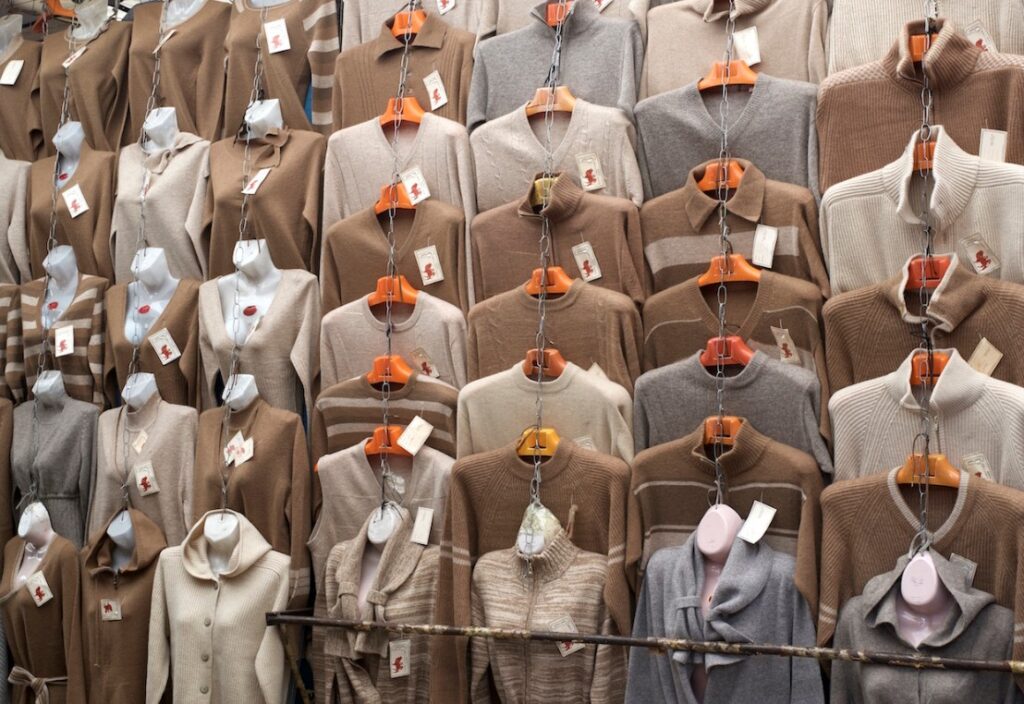
Cashmere is a type of wool obtained from the soft undercoat of the cashmere goat. The wool is harvested during the spring molting season when the goats naturally shed their undercoat. Mongolia is the largest producer of cashmere, accounting for more than 50% of the global production., with India, China, Iran, Afghanistan, and Kazakhstan producing the majority of the rest.
And here you can find it almost everywhere you look. Like everything else in Mongolia, it is mot cheap, but the quality is exceptional.
Mongolian Food
Food in Mongolia is certainly a melting pot. Today, you can get just about anything you want and the quality is pretty good. If you look at the surrounding nations and those that at one time made up the empire, it is pretty normal to think that the variety would be wide.
There are plenty of local restaurants offering (some) traditional dishes that are worth the effort in tracking down. And some other traditional dishes that maybe only for the more adventurous (more about that below). Veggies in summer were tough to find and I assume that this is worse in winter. Many of the local dishes are high in meat content (but there’s nothing wrong with that).











Chinese is everywhere, as is burgers and pizza, Turkish, Italian, Indian, Korean and Japanese. Then the surprising ones come into play Mexican was the one that threw me most. But we had Uzbek, saw Azerbaijani, Kyrgyz, Irish pubs, Vietnamese, Spanish tapas and a surprising number of vegan and vegetarian restaurants (we didn’t go there).
Local Dishes
Khuushuur or Huushuur – A local version of a deep fried meat pie that more resembles a pasty or an empanada. The filling is just meat and onion.
It was the first thing that we ate on night one as a beer snack (they looked small and bite sized) but they came out the size of your hand and we ended up not needing dinner.
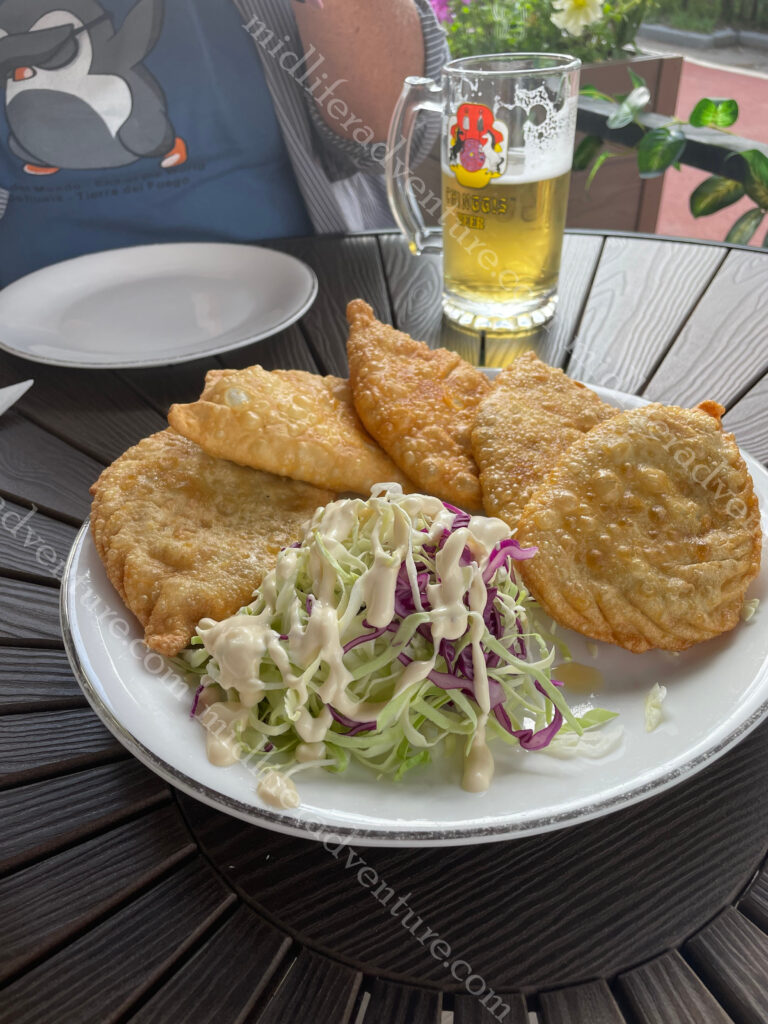
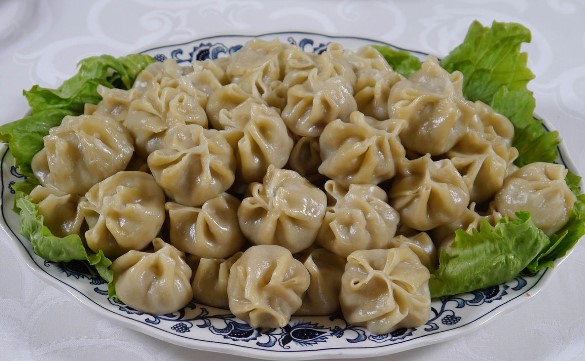
Buuz is the Mongolian version of the steamed dumpling commonly found throughout the region. It is basically a local version of the Chinese baozi or the Nepalese Momo.
Bansh is like the buuz but smaller and boiled in a soupy kind of broth rather than steamed. The filling usually comes from either a cow, goat, sheep, horse, or camel.
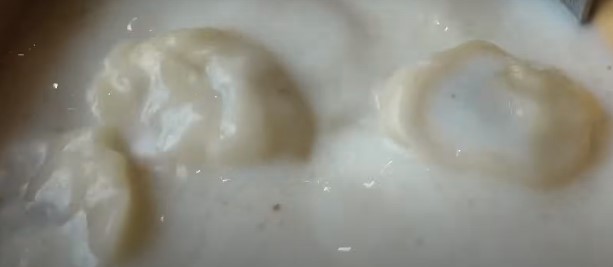
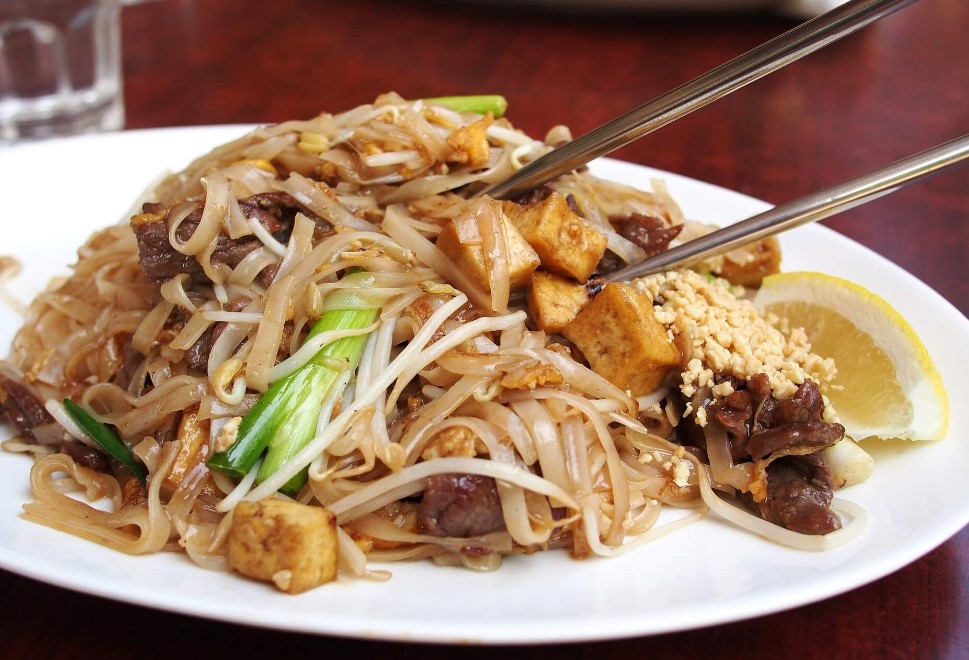
Tsuivan is a local stir fry made with home made fresh noodles with vegetables and a meat of some kind. Not the most thrilling meal about, but hearty and filling.
Chanasan makh is next and it is basically just boiled meat. Not really too much to say about this one, it is what it claims to be.
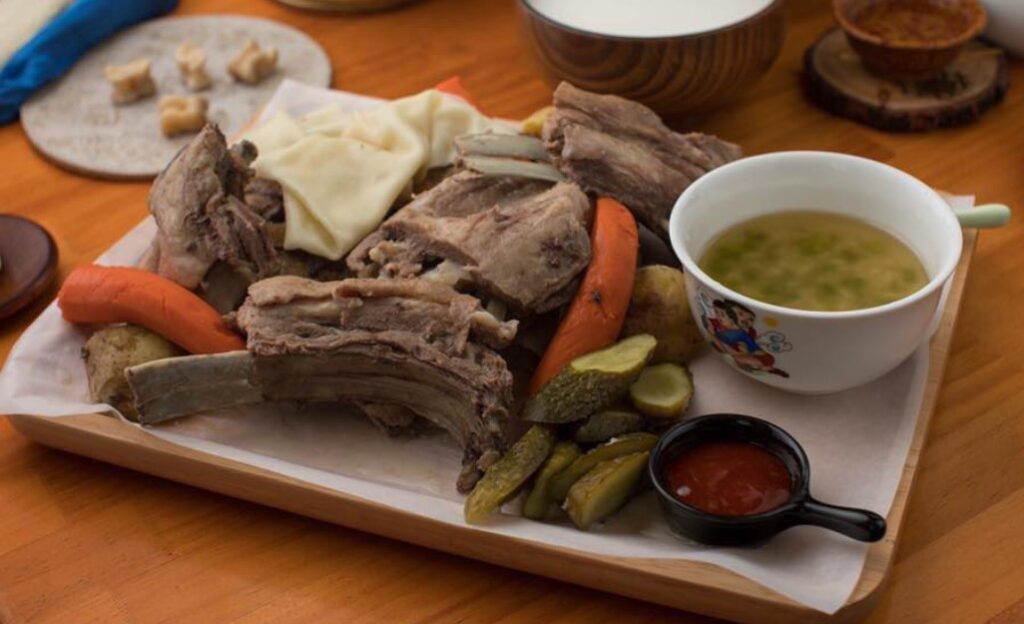
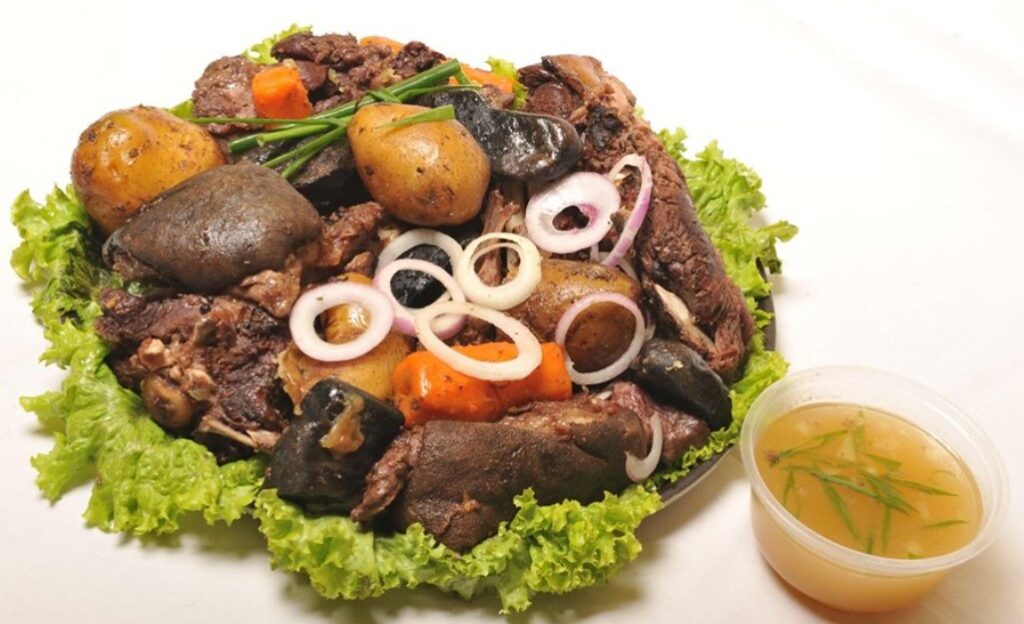
Khorkhog is a goat stew that uses the entire goat and is cooked on open fire with hot rocks. The quirk here is the belief that holding the hot stones after cooking helps to relieve tiredness and improve blood circulation.
Boodog involves using the actual skin and fur of the animal as the cooking vessel. The animal is butchered with skin remaining intact and is sealed up having been filled with the meat, vegetables, and hot rocks to cook from the inside out.
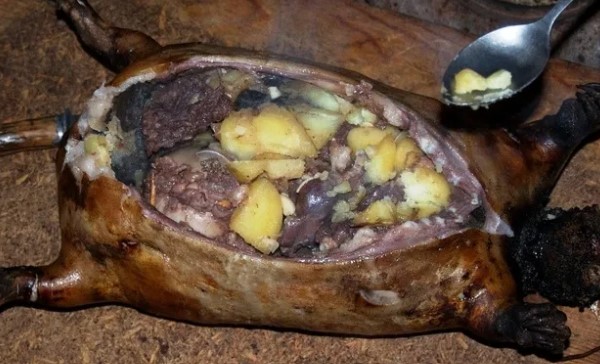

Guriltai Shul is one of the most popular noodle soups in Mongolia. It is considered to be the classic dinner staple – basically just boiled mutton with handmade wheat-flour noodles.
Vitals soup is popular for being very nutritious. It is part of Mongolia’s culture that no part of an animal is wasted and so Vitals Soup is offal. Made with the lungs, hearts, intestines, liver, stomach and kidneys of an animal.


Needless to say that neither Jill nor I rushed to order the Vitals soup. Budaatai huurga is a nice simple (inoffensive) local fried rice version with mutton.
Last and definitely least is Airag, or Kumis this is considered to be the country’s national beverage. It is fermented mare’s milk. We had it in inner Mongolia a decade ago and it was terrible. The memory was strong enough for us to both avoid it at all costs.
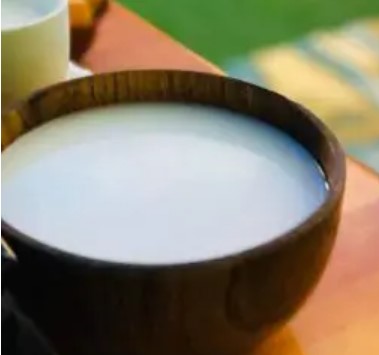
Mongolian Beer
This was a tough one. Having once had such a mighty empire, the beer was highly variable. Some of the best beers that we have had were in Kyrgyzstan who had adopted the best of Czech brewing practices to deliver some really tasty beers, and you could find some really tasty ones here. But at the same time the empire stretched east, which brought into play the lighter Chinese style brews. These were much more gassy and less flavoursome.






Possibly the hardest part of the beers was working out what you were actually drinking. Niislel (Нийслэл), Sengur (Сэнгүр), Borgio (Боргио), Golden Gobi (Алтан Говь), Jalam Khar (Жалам Xар) and finally the only one I could get my tongue around, the Chinggis Pilsner.

